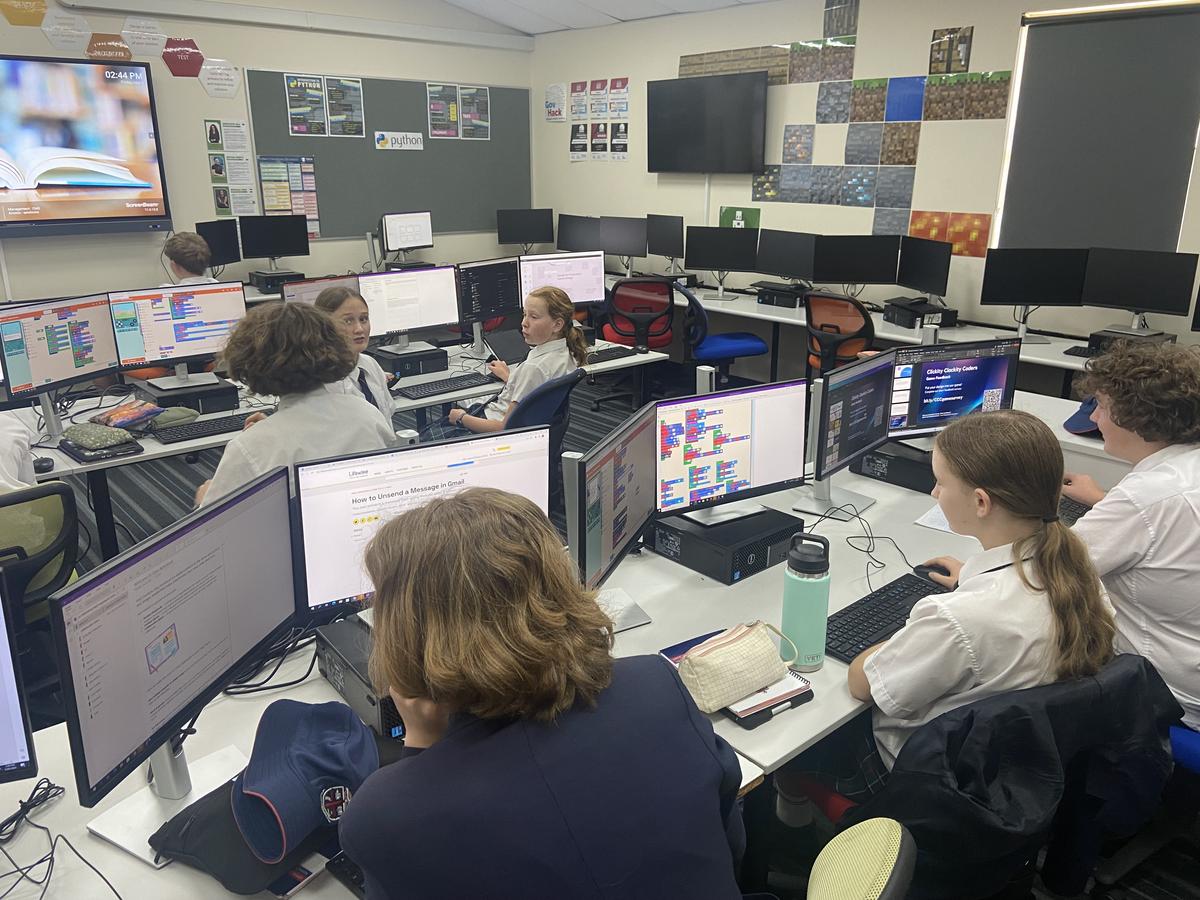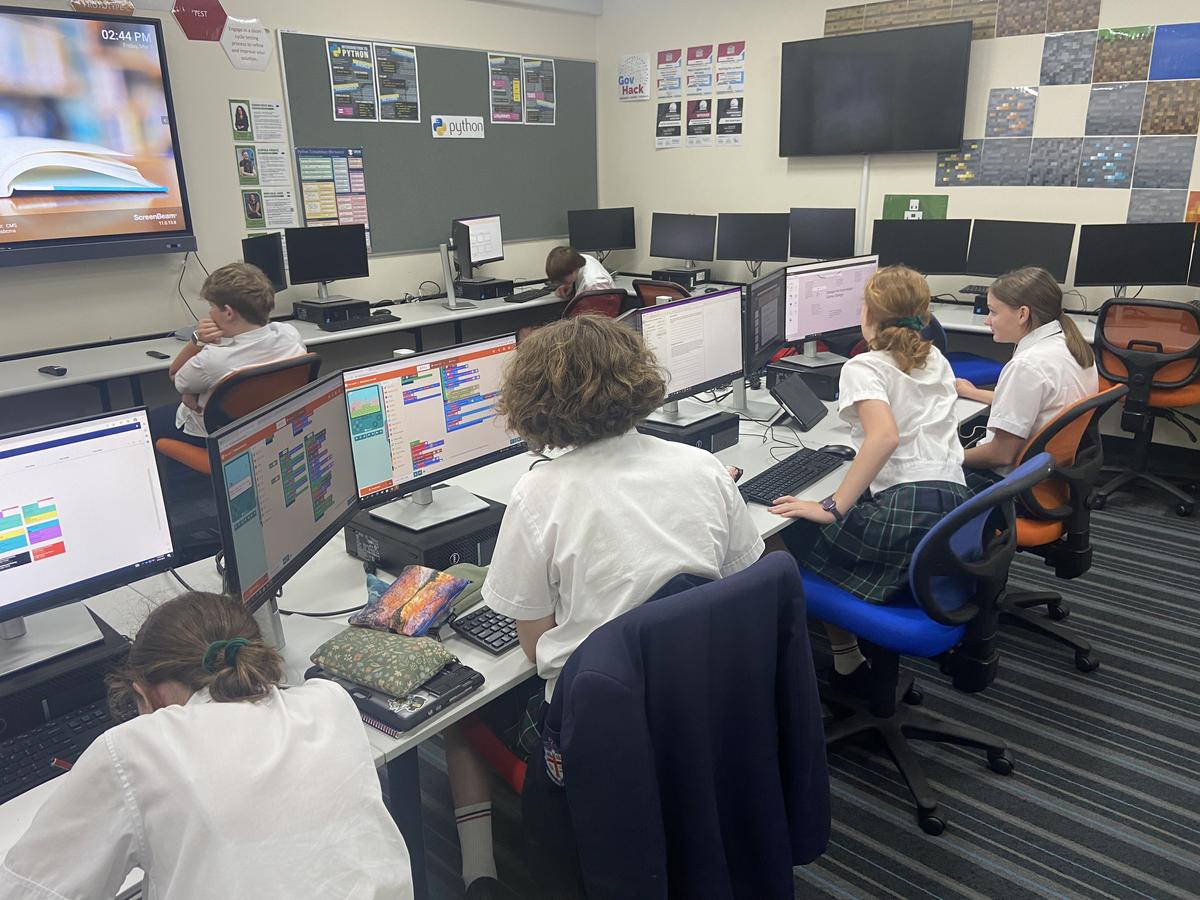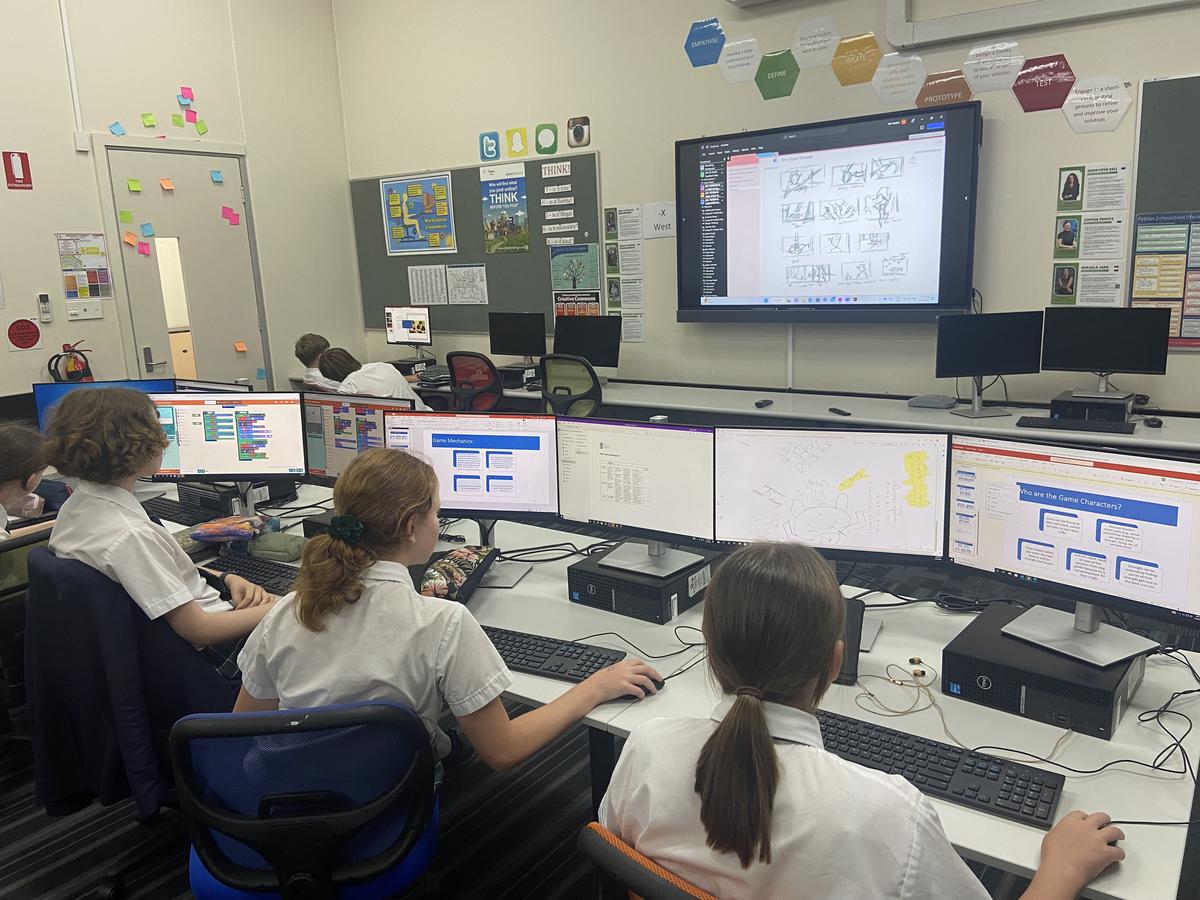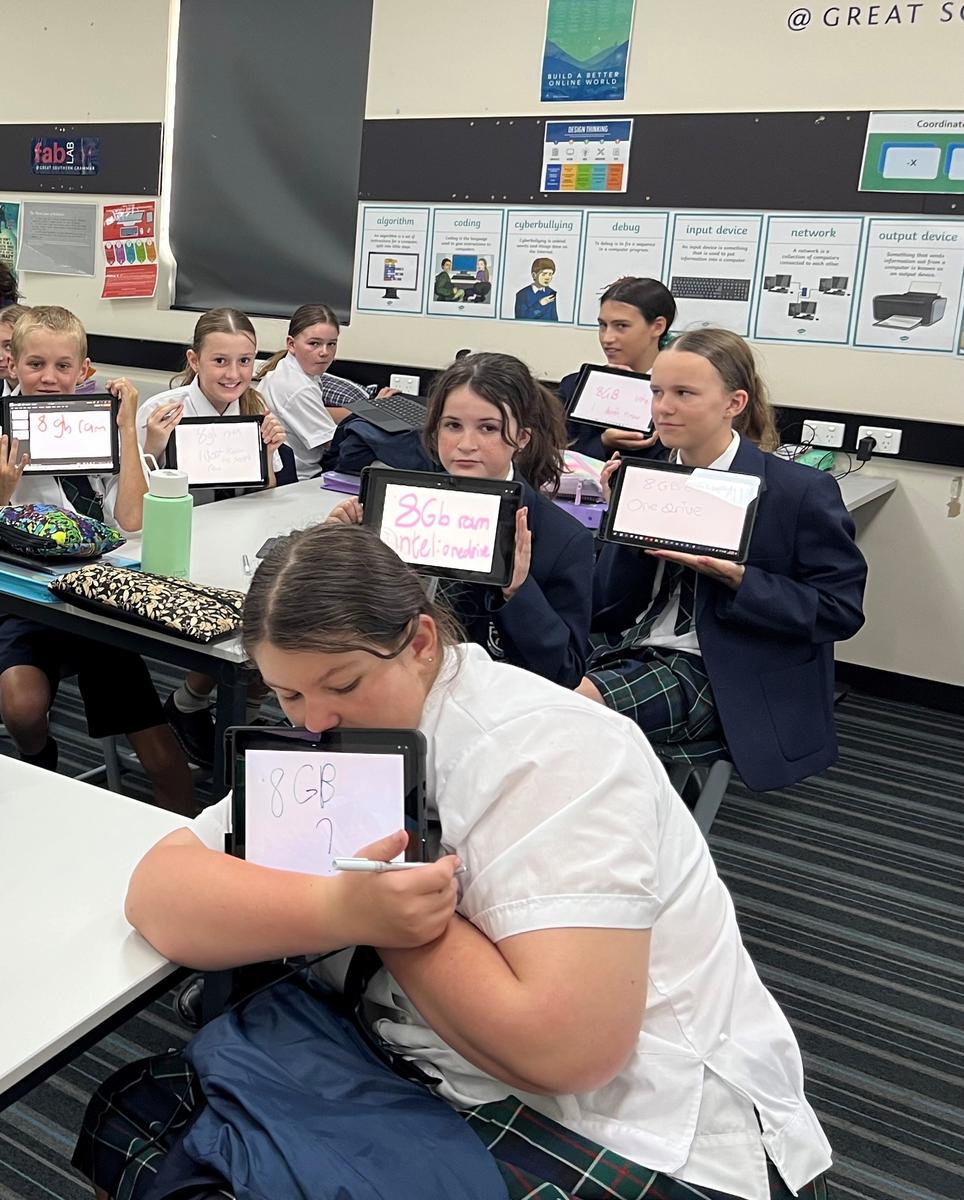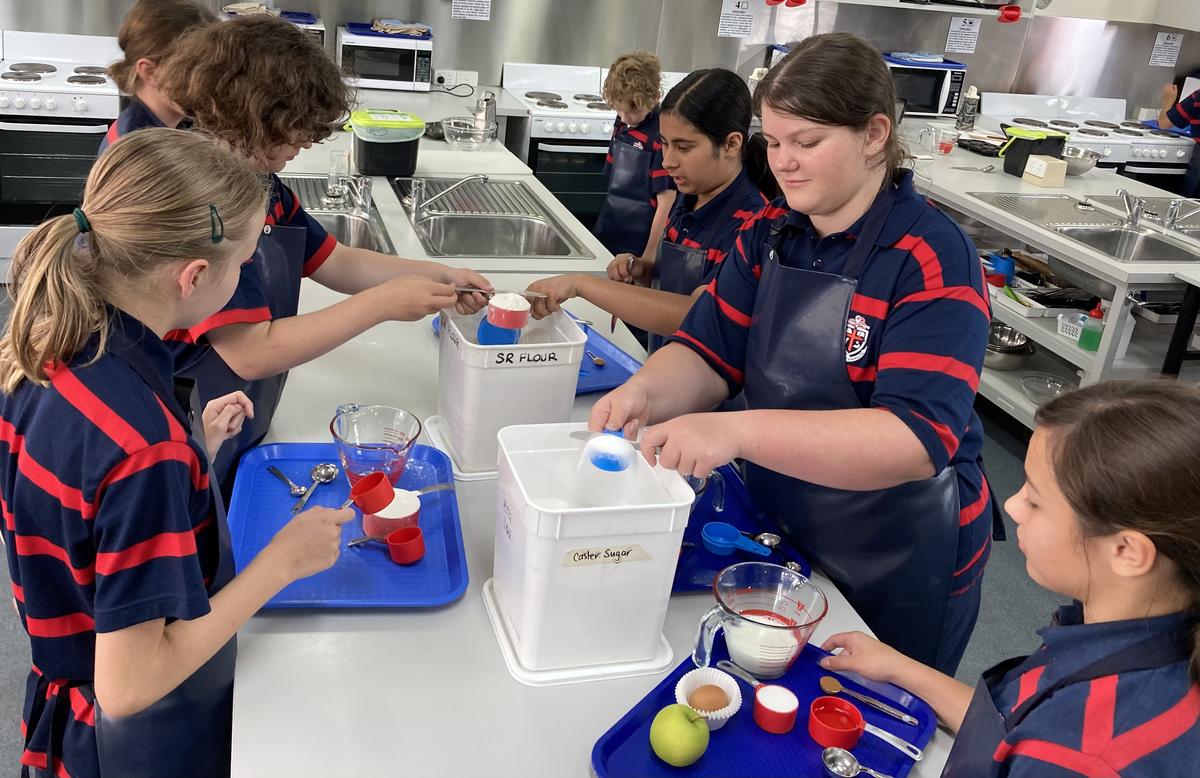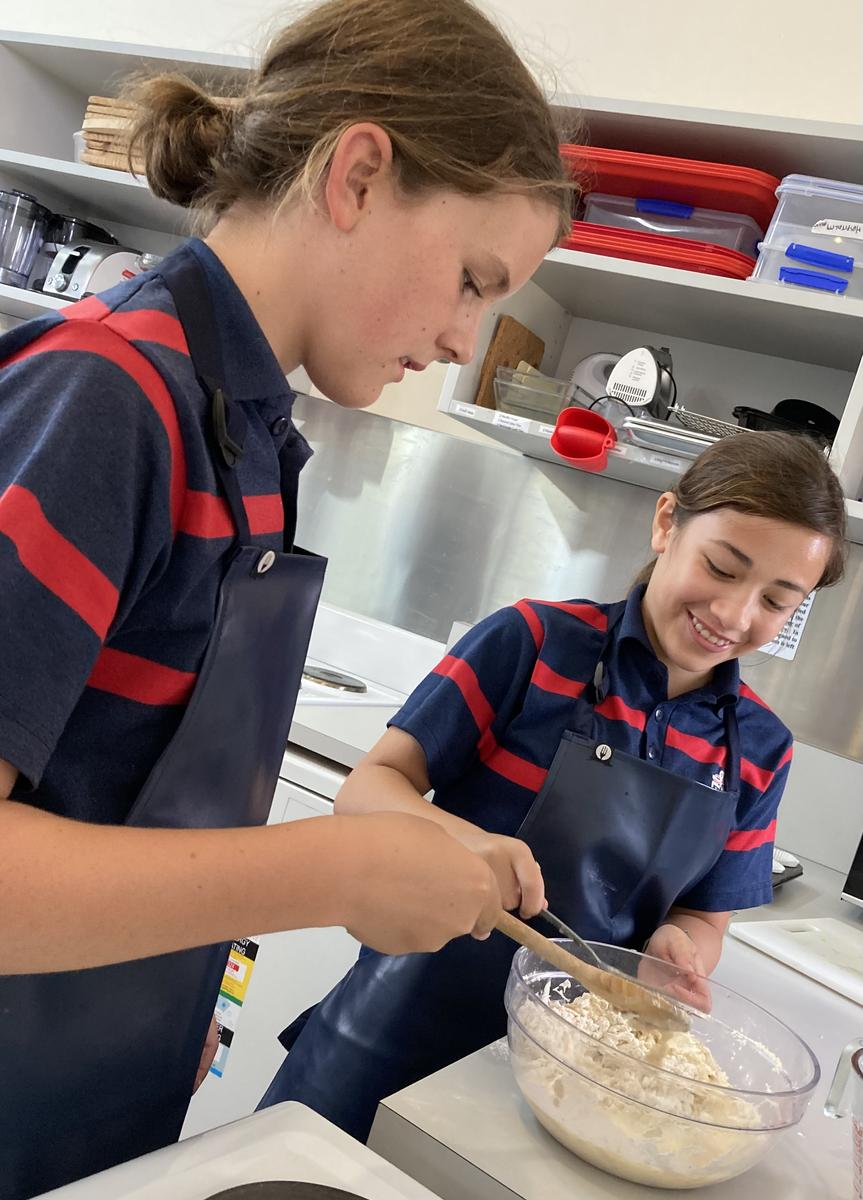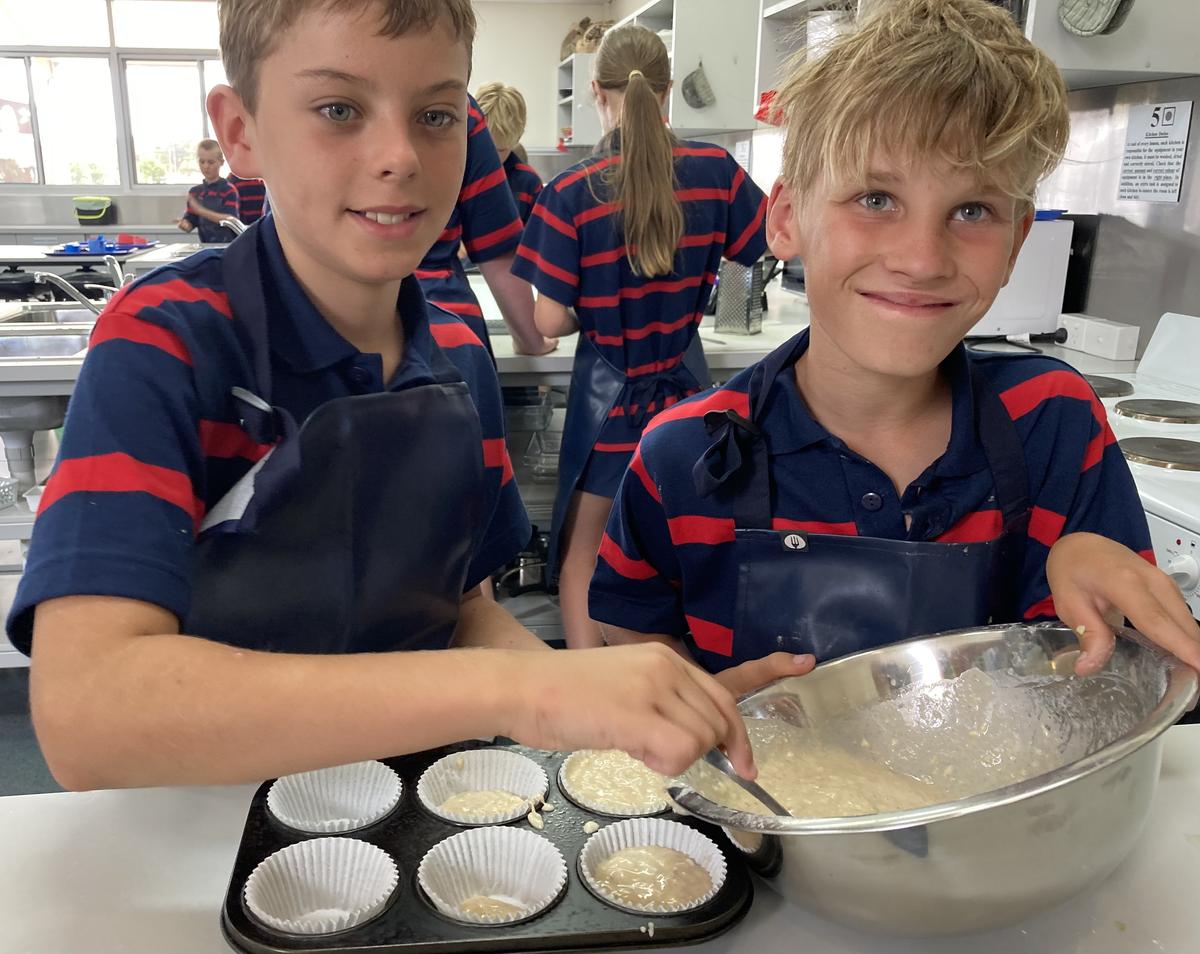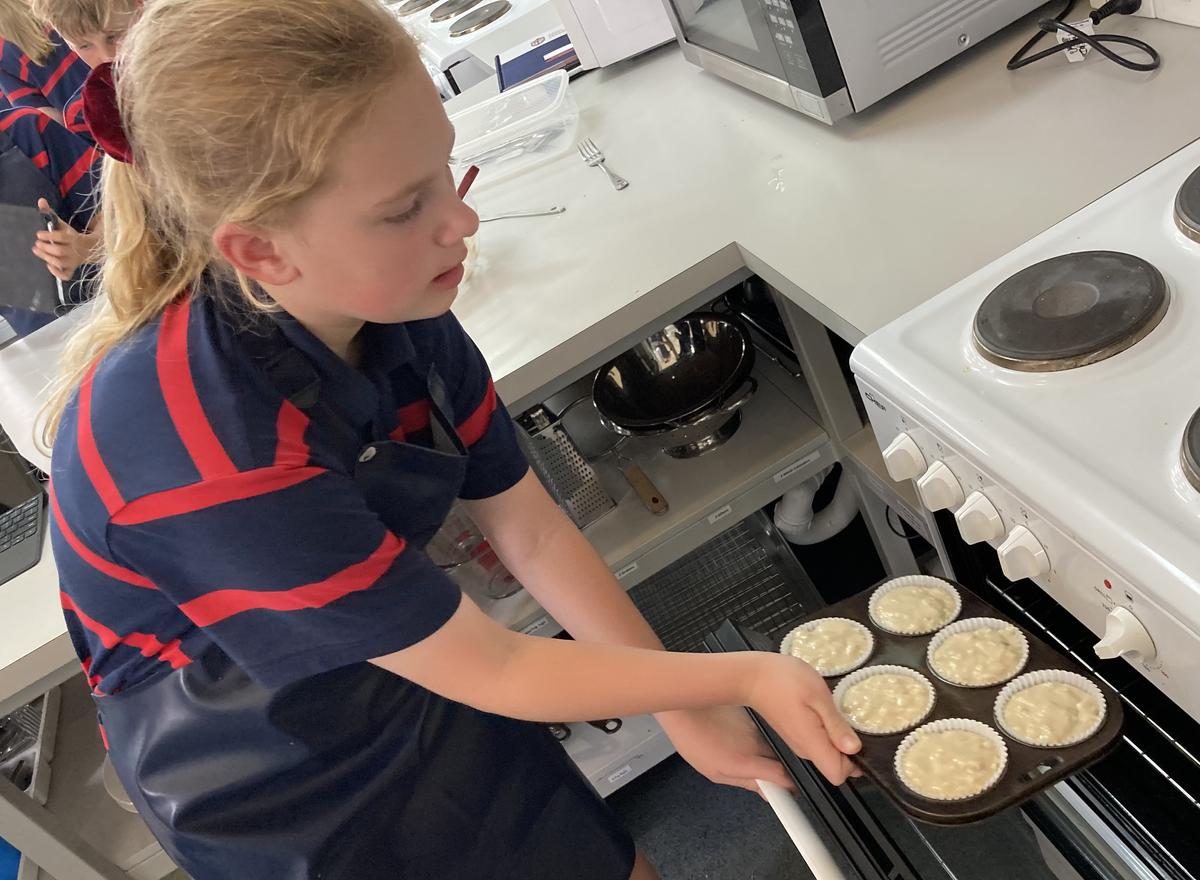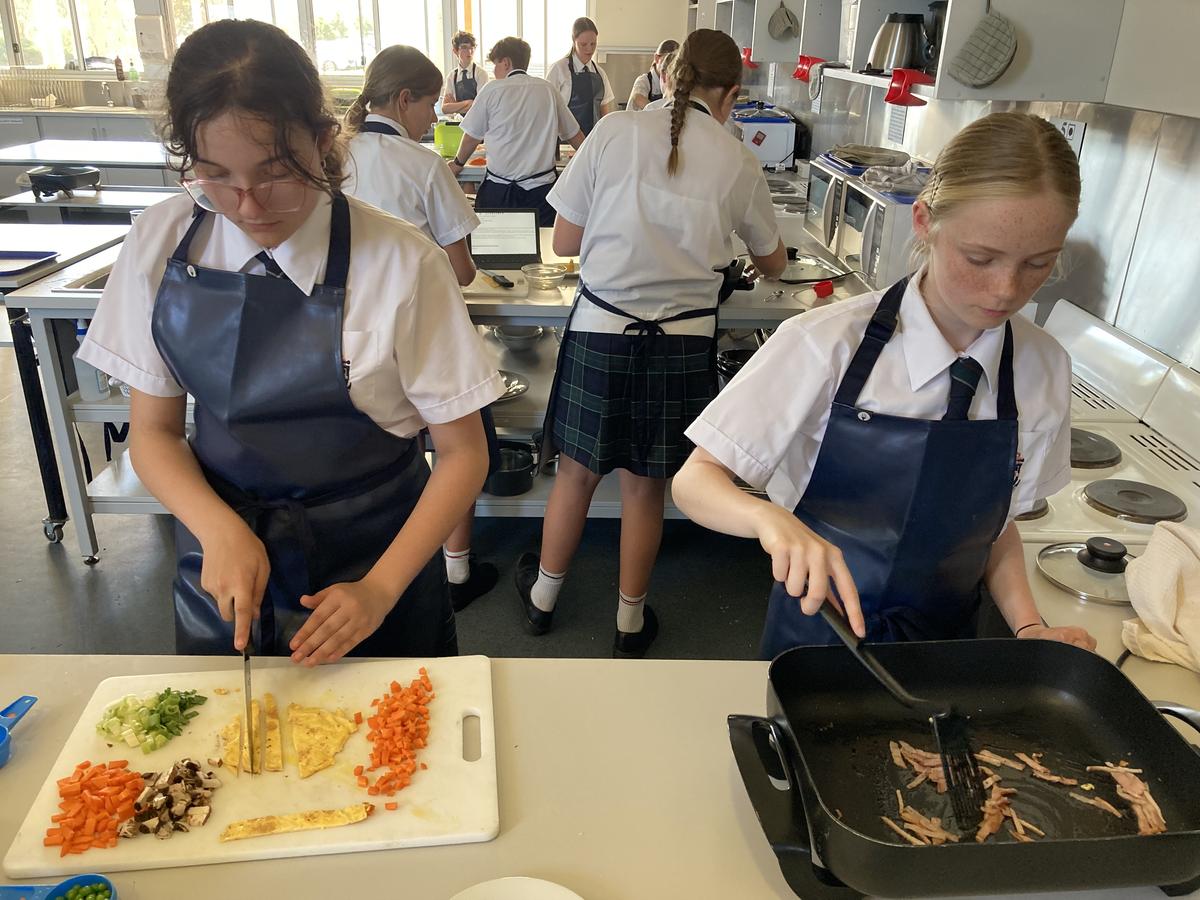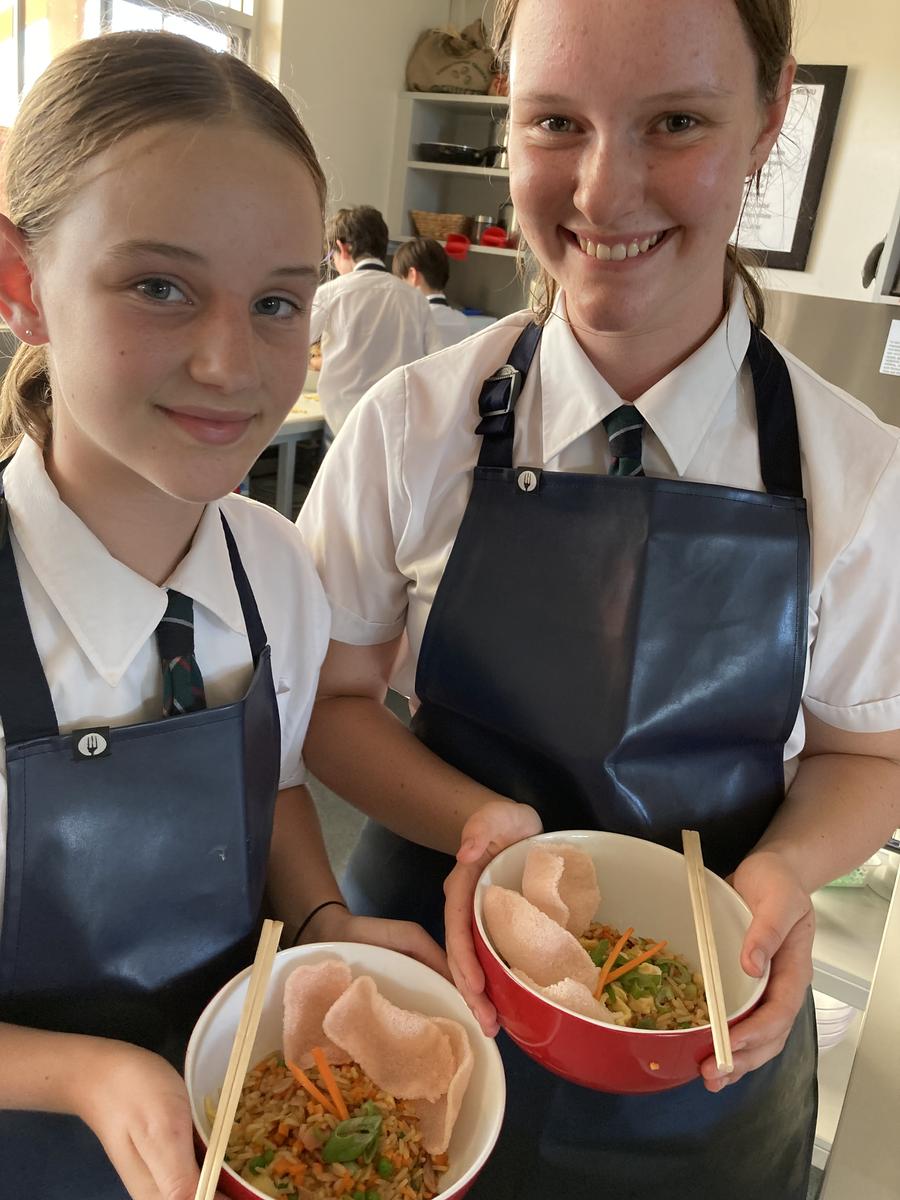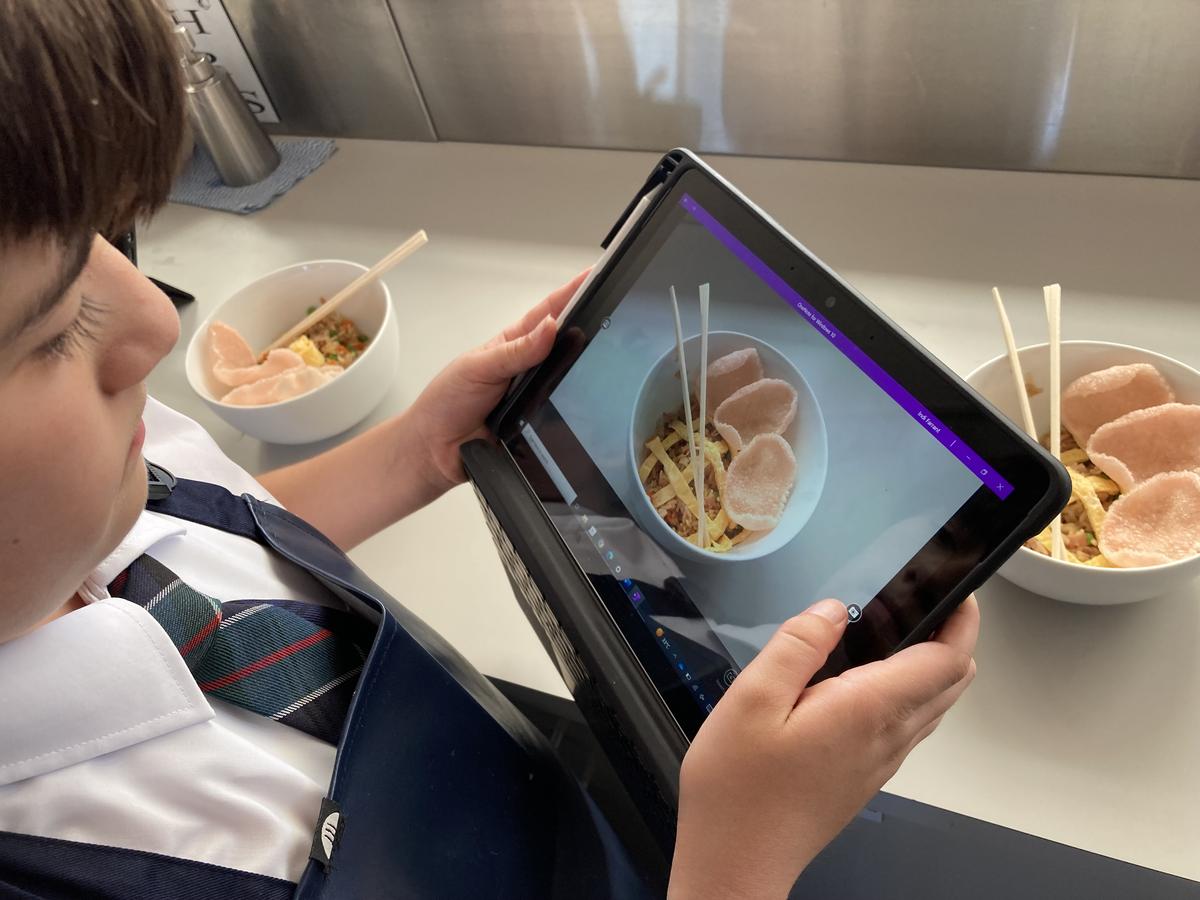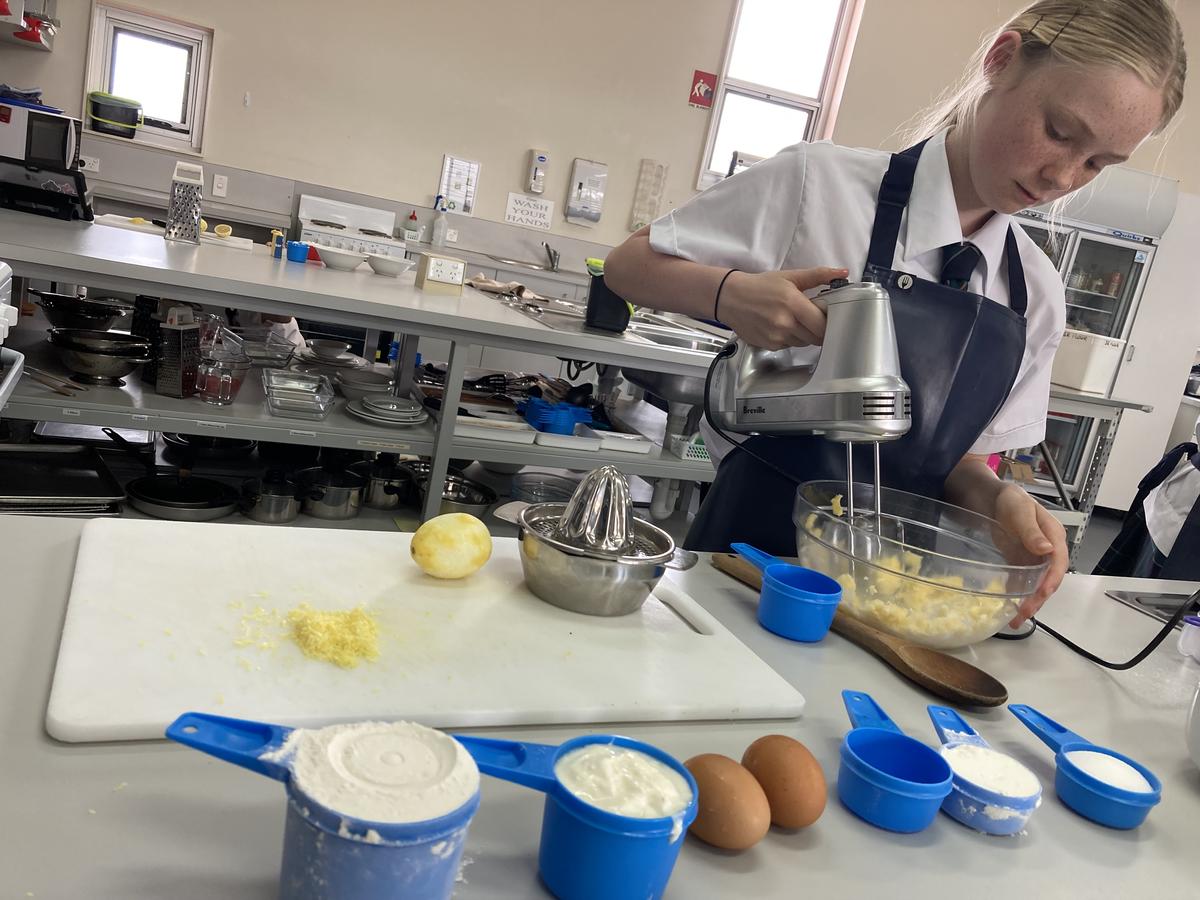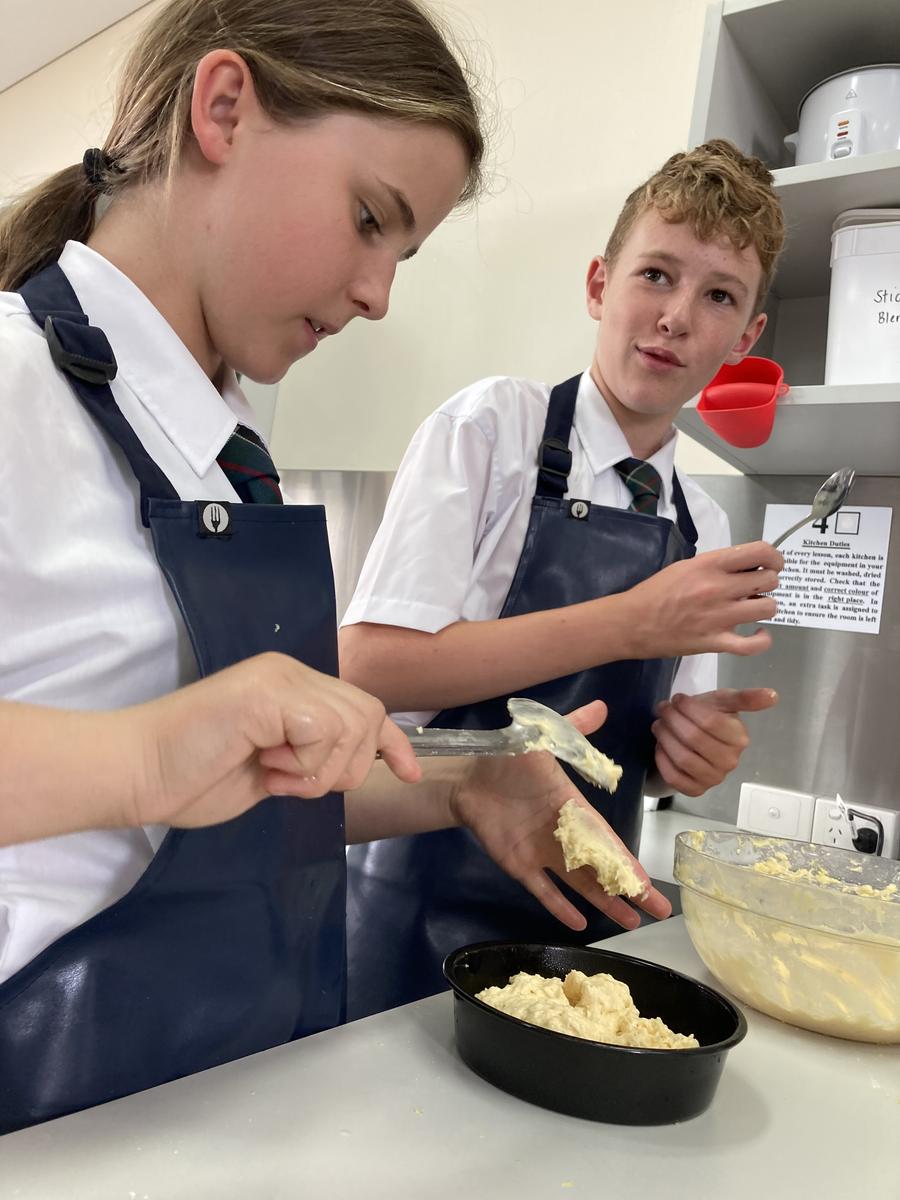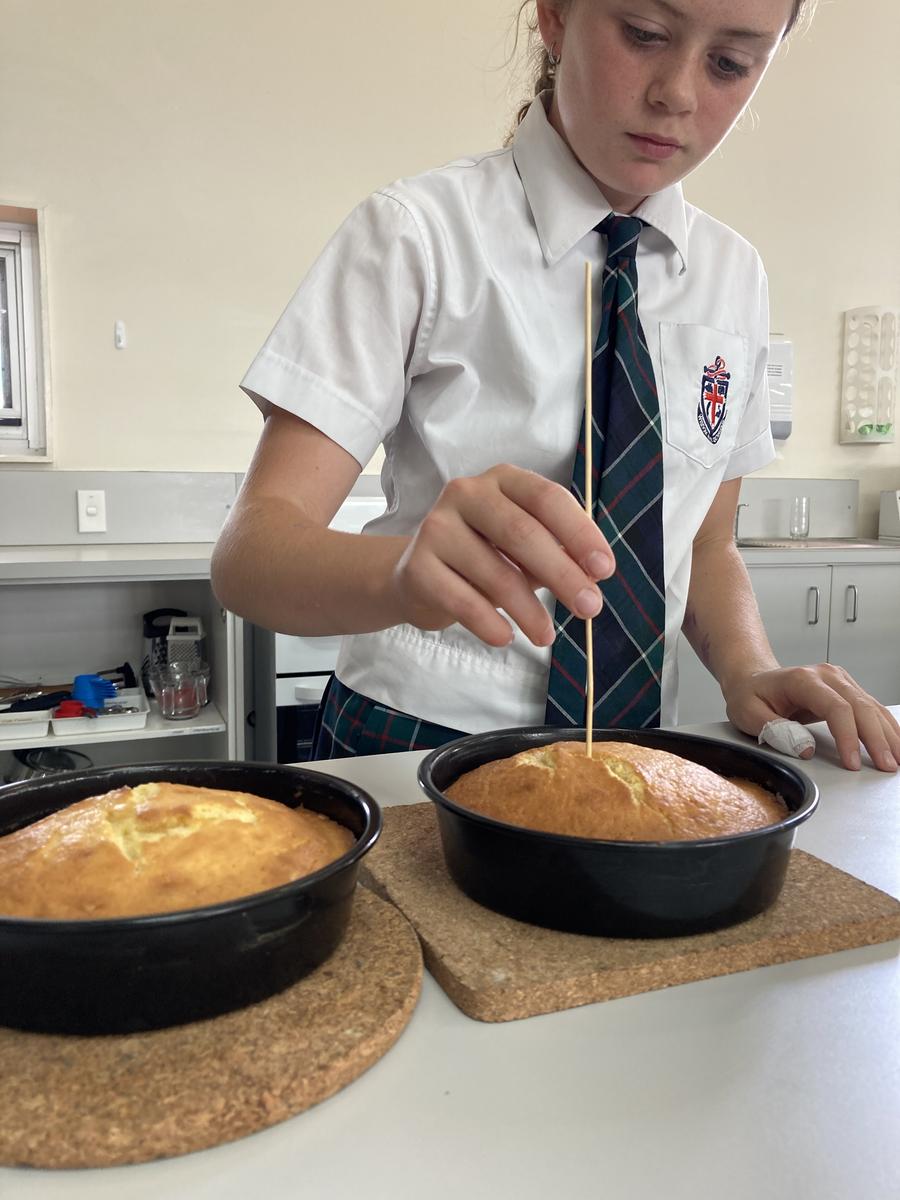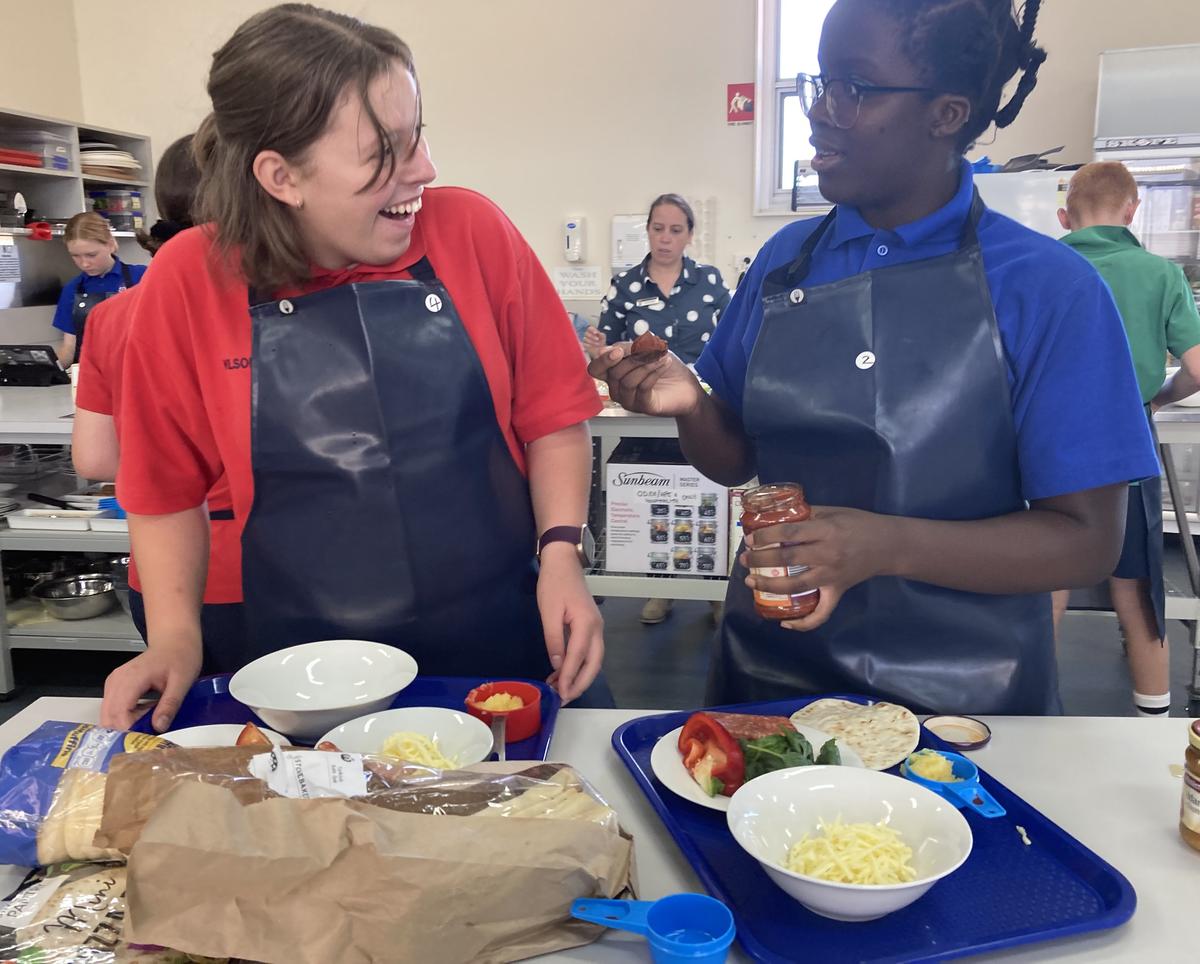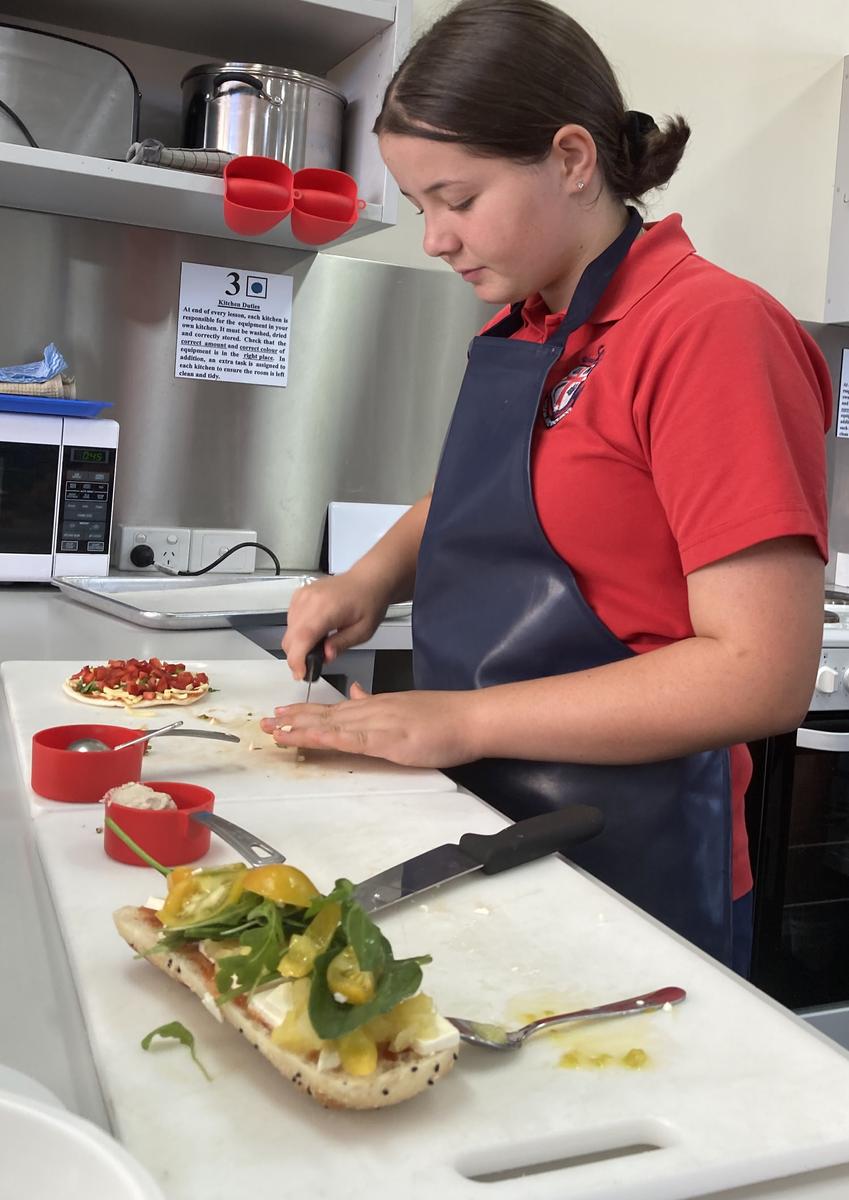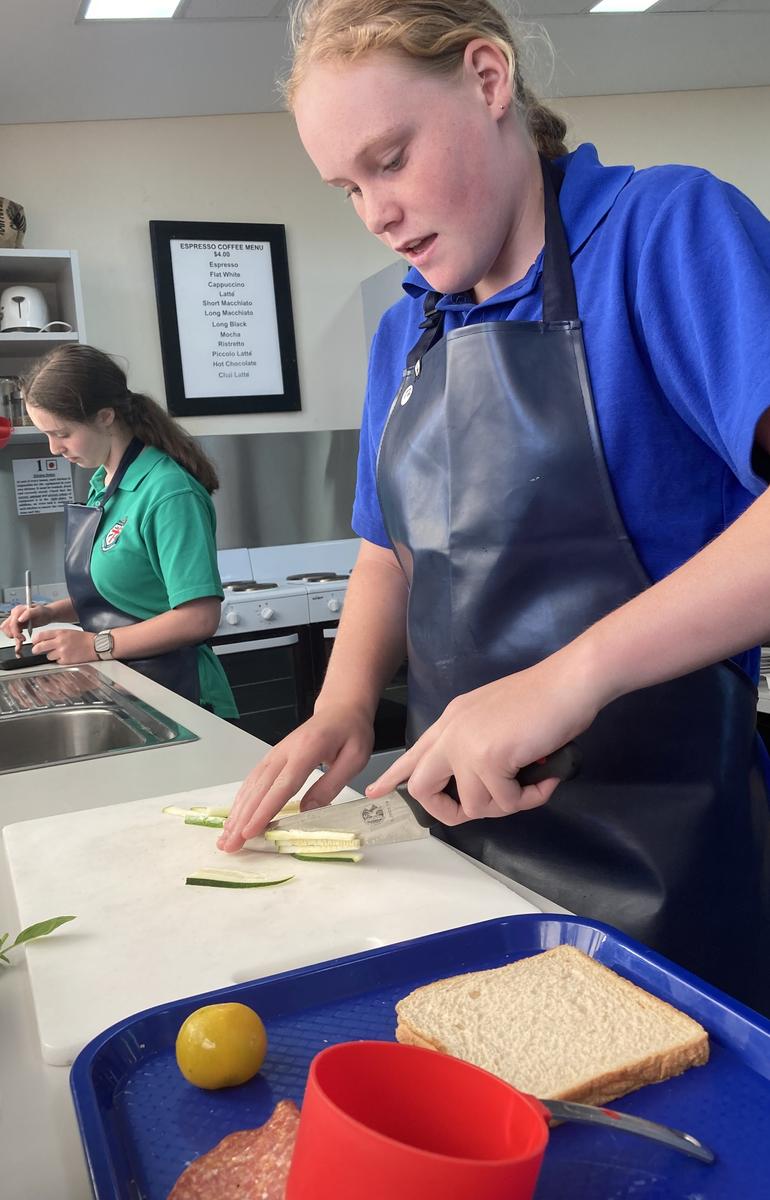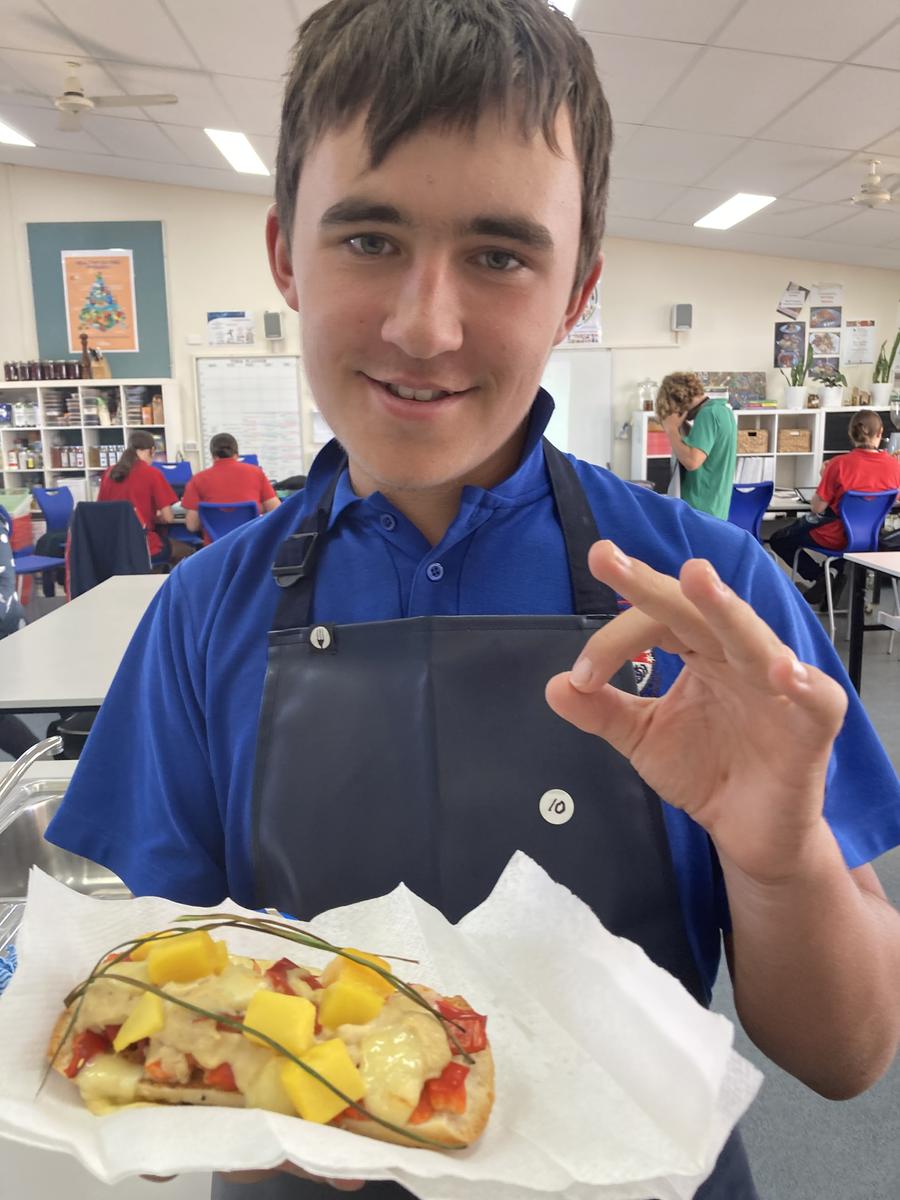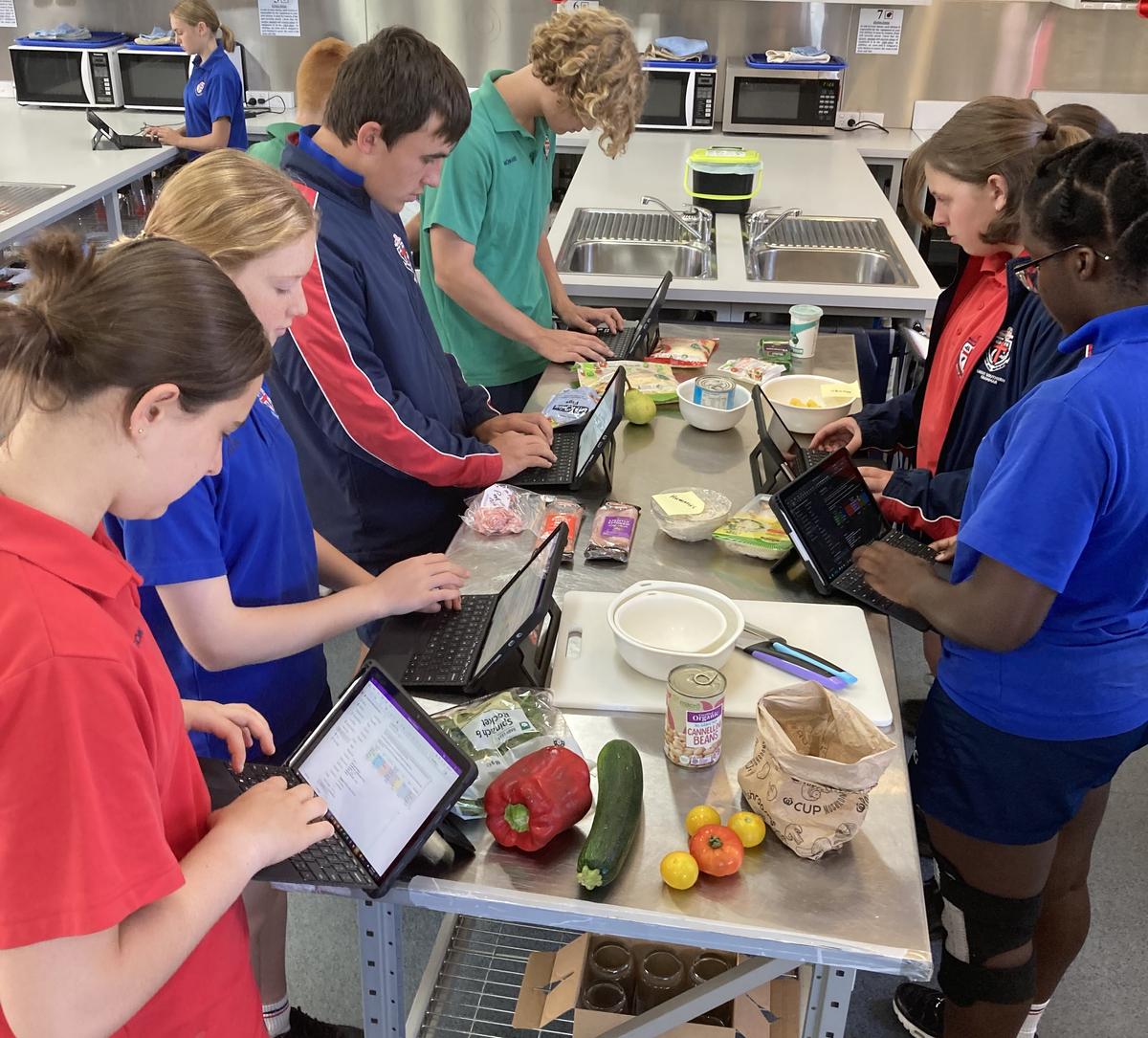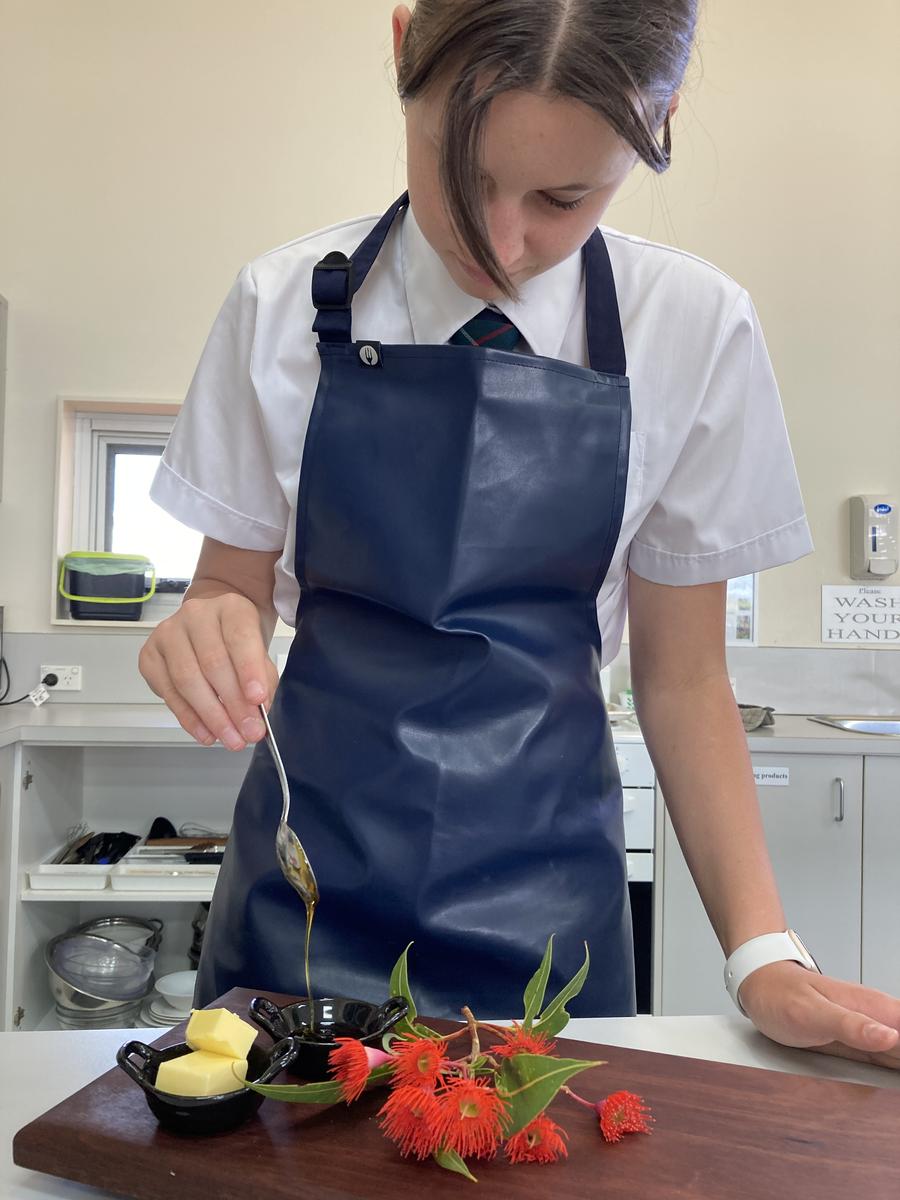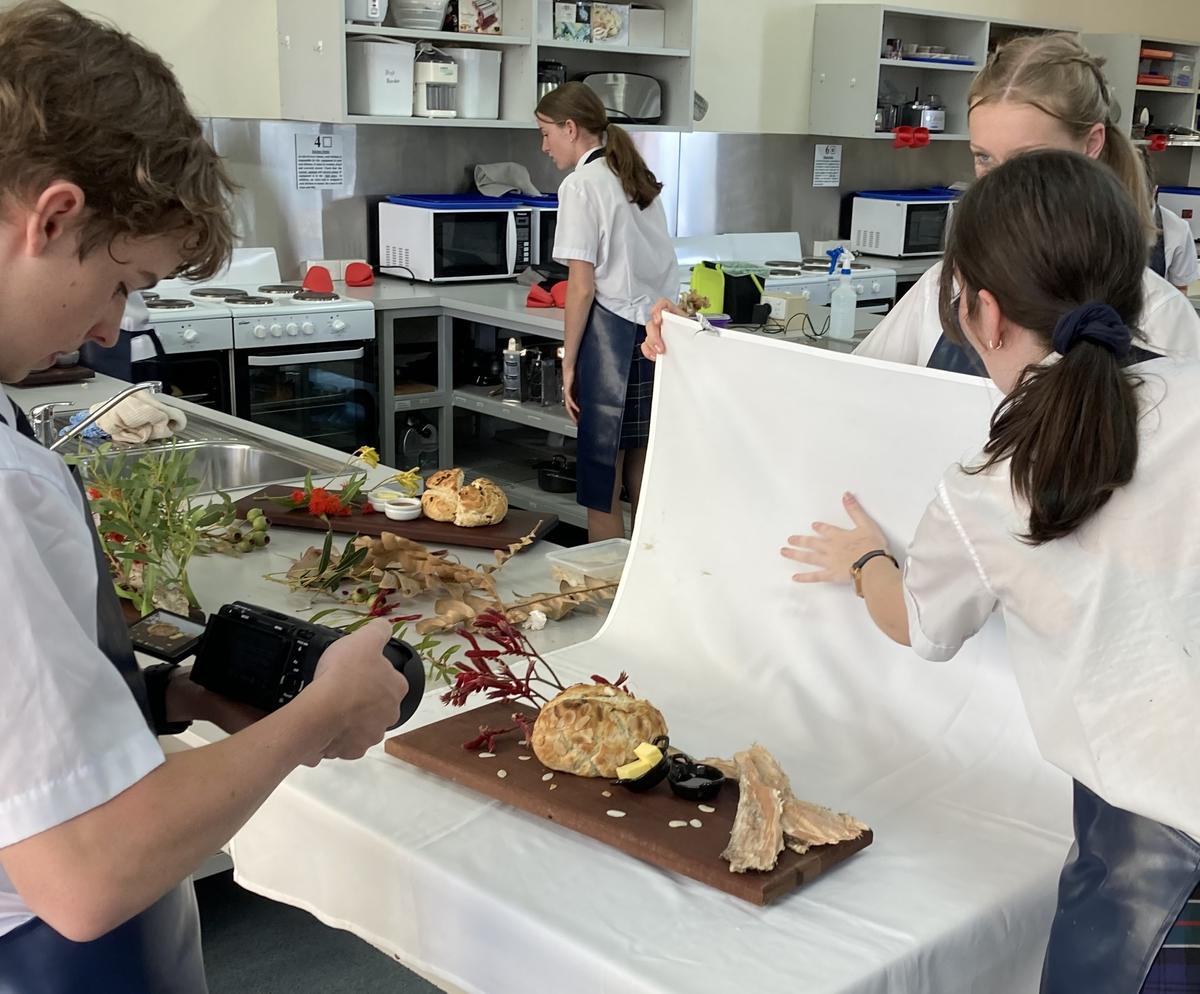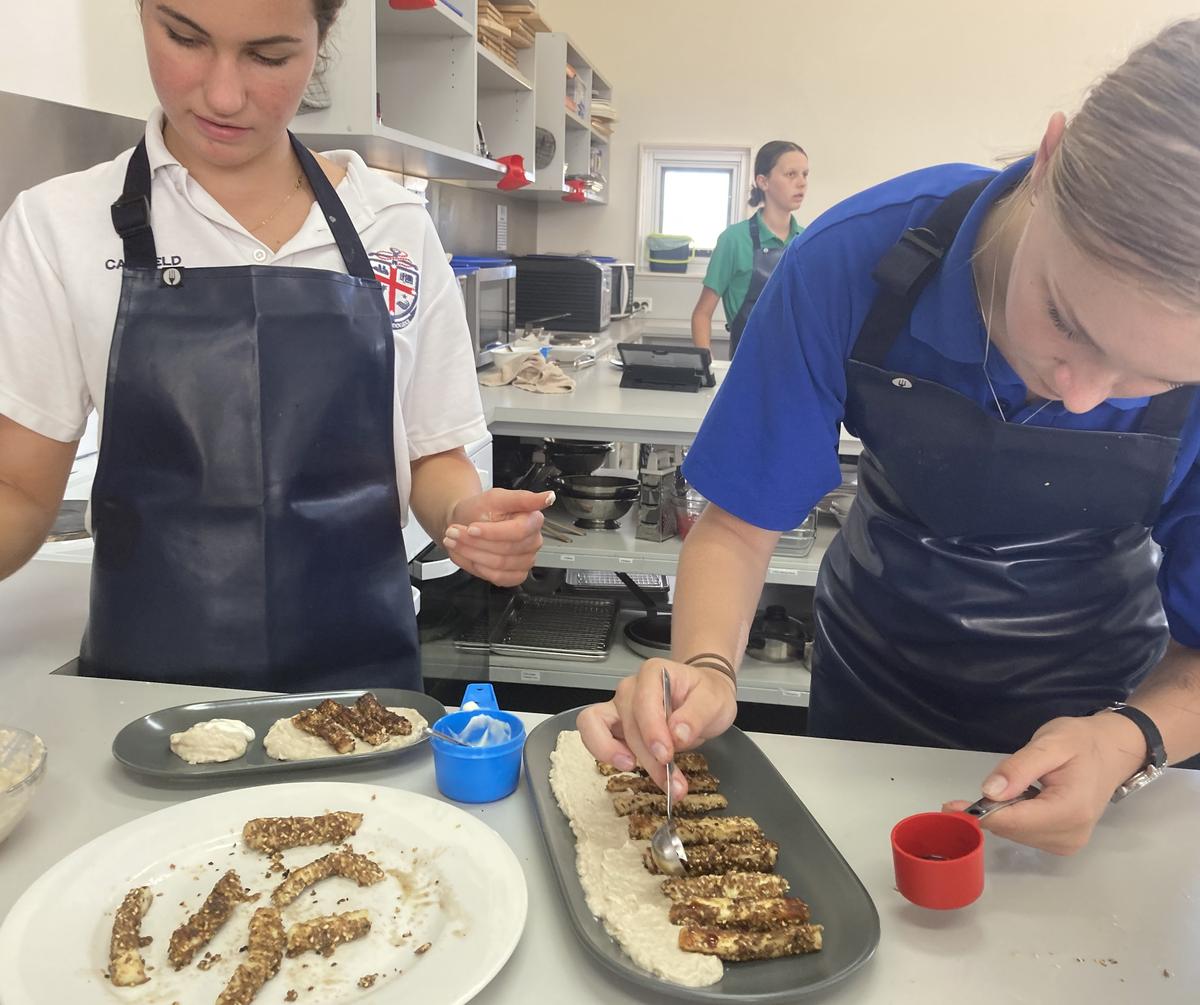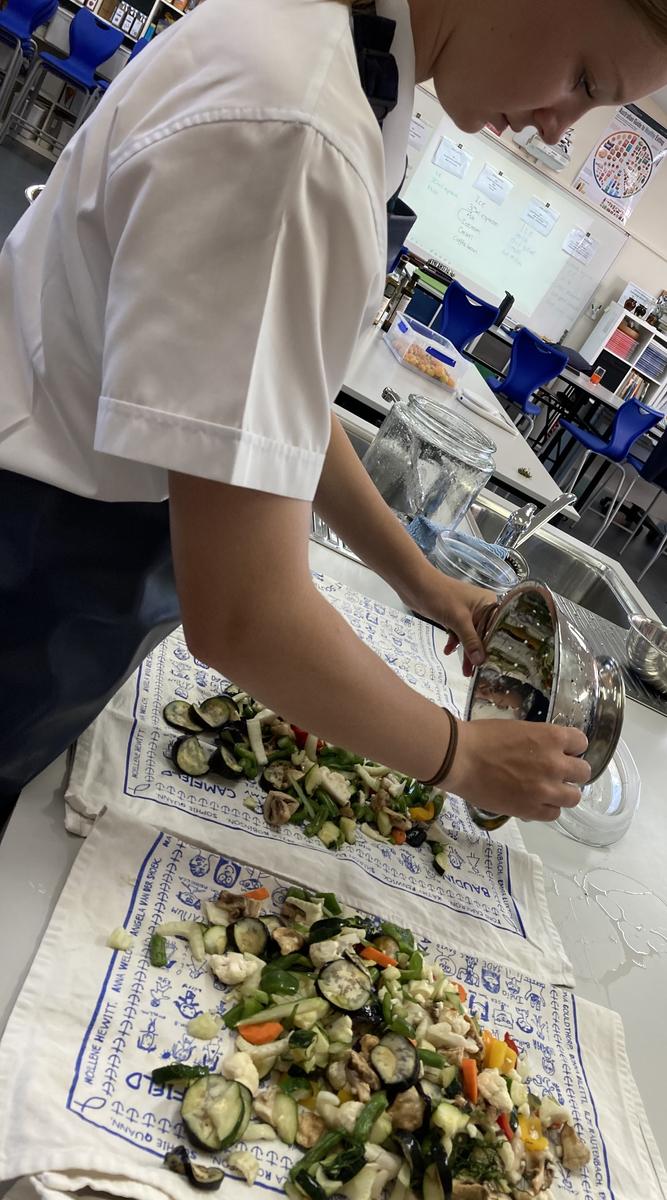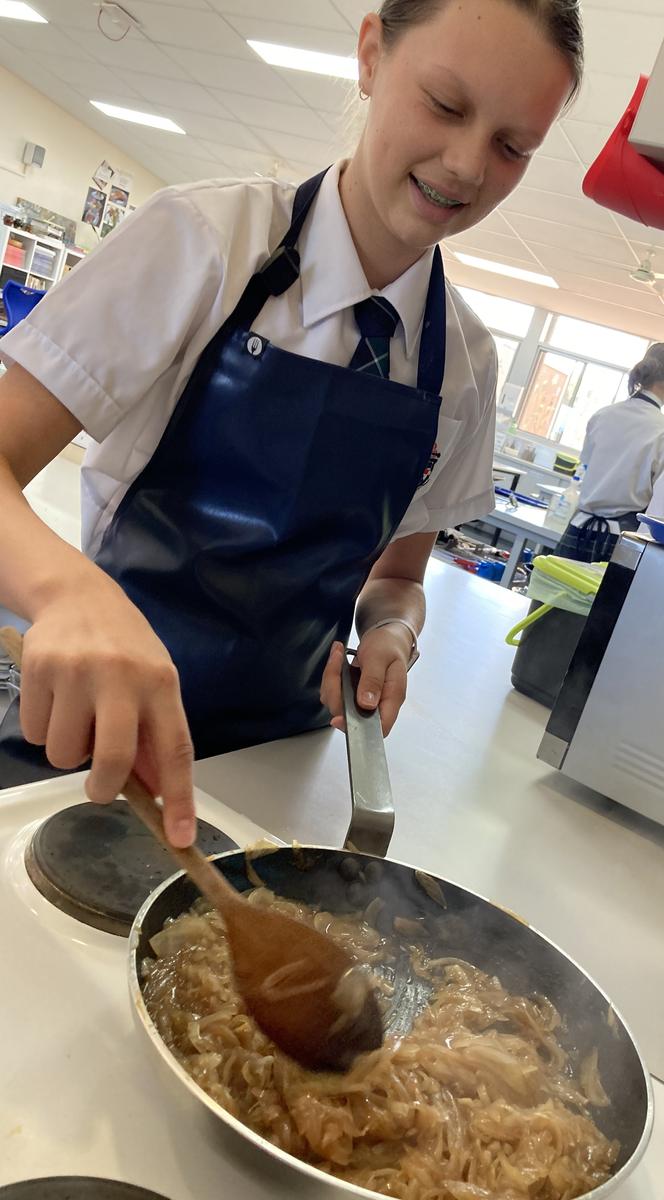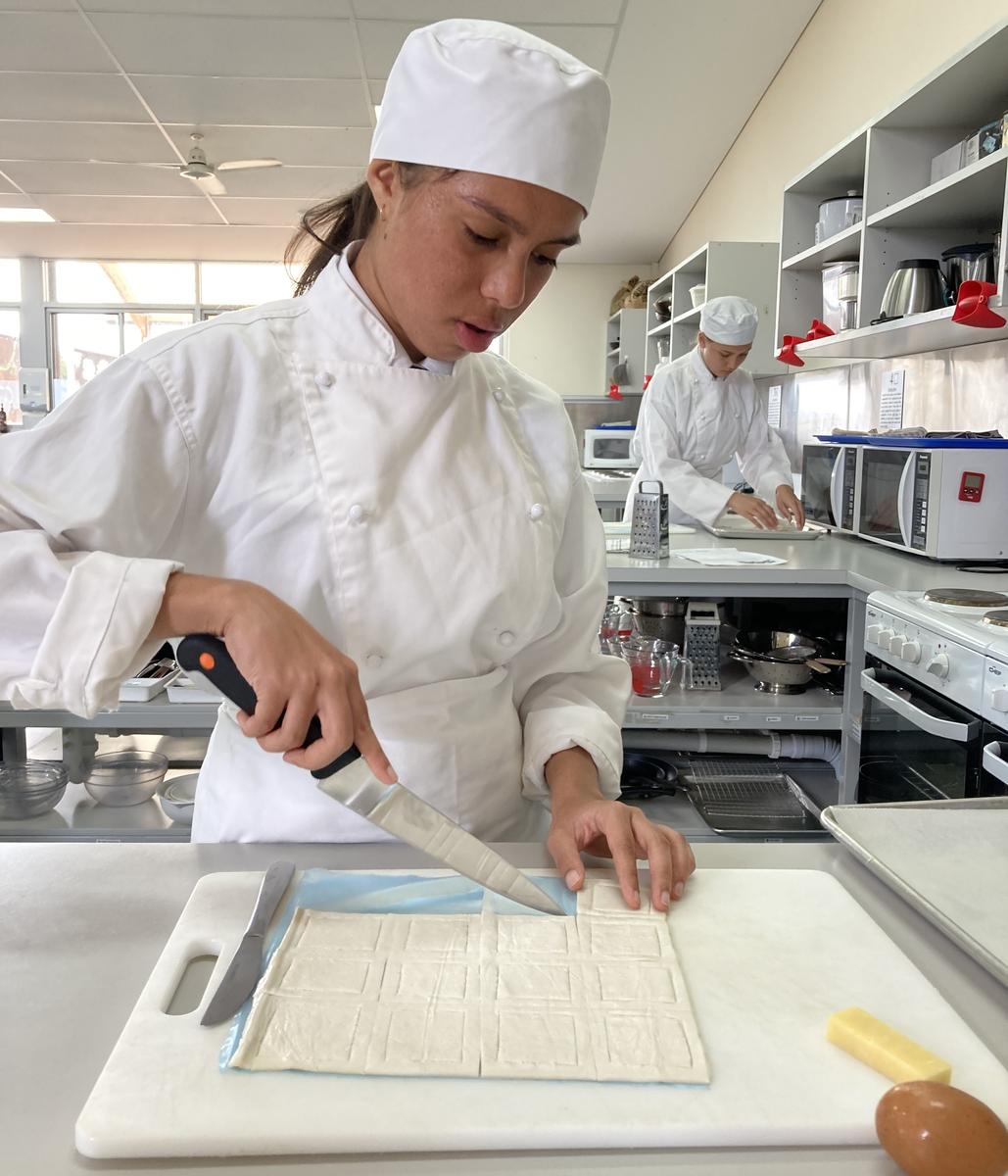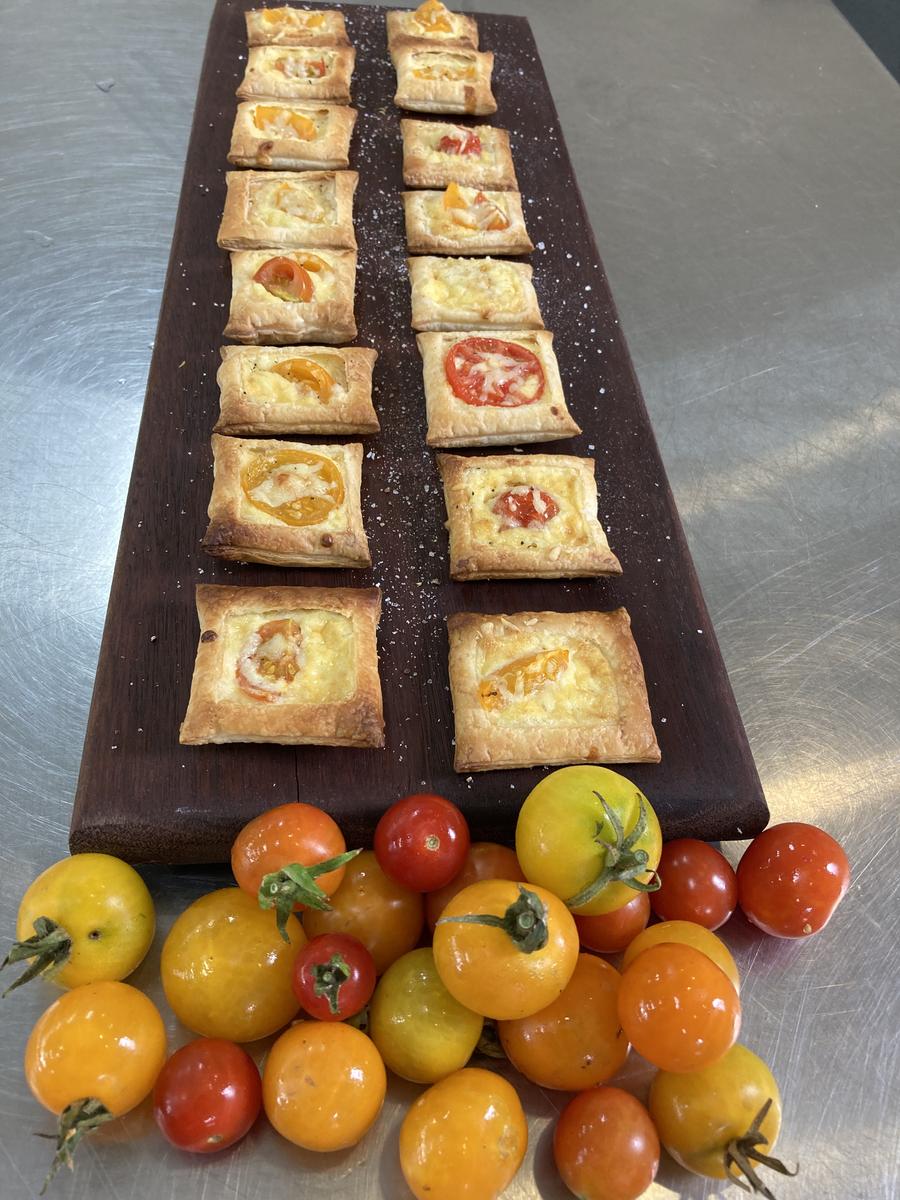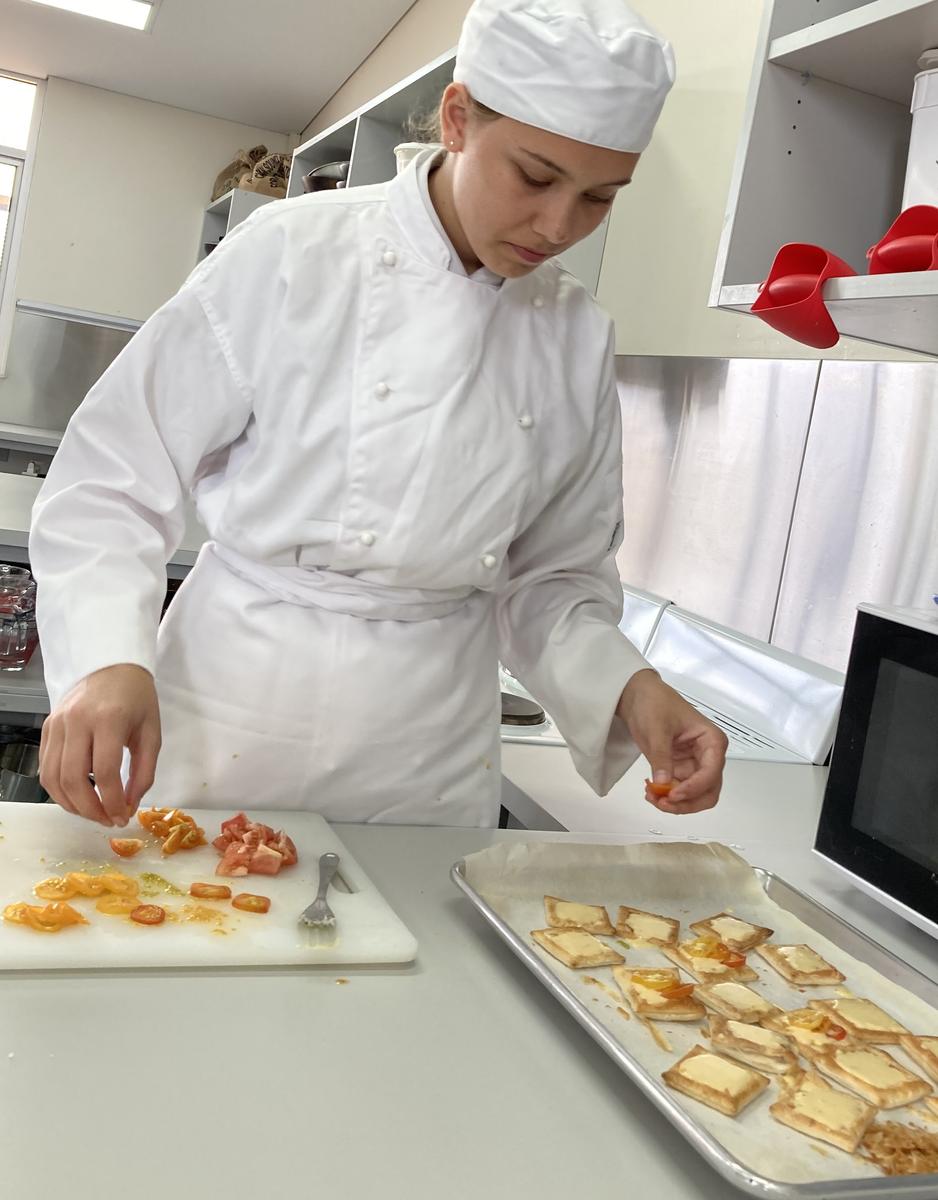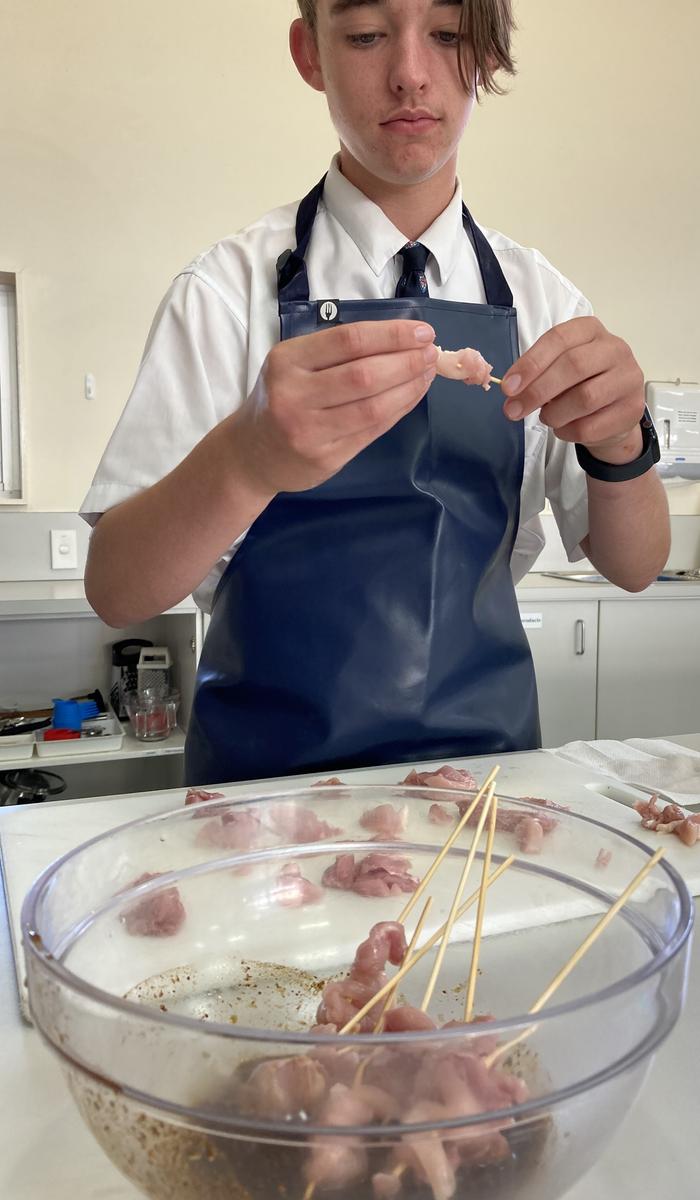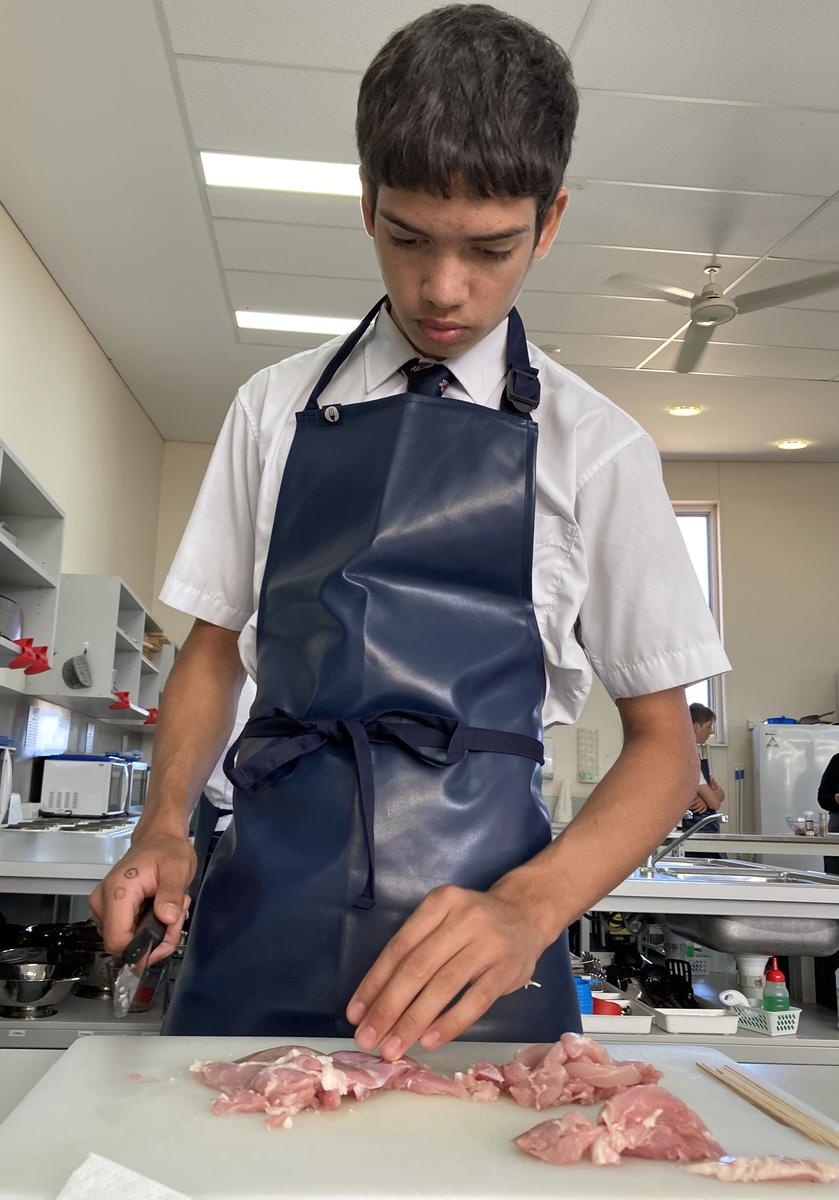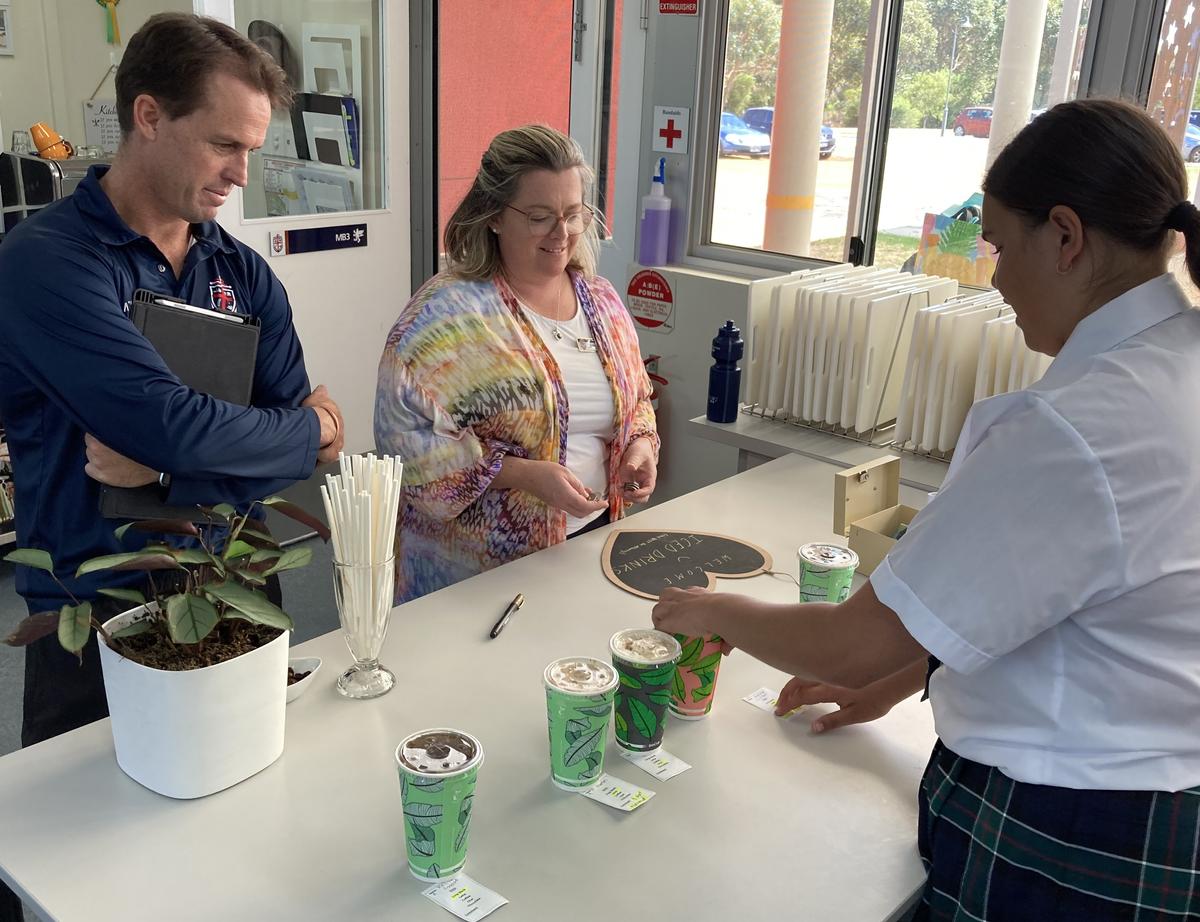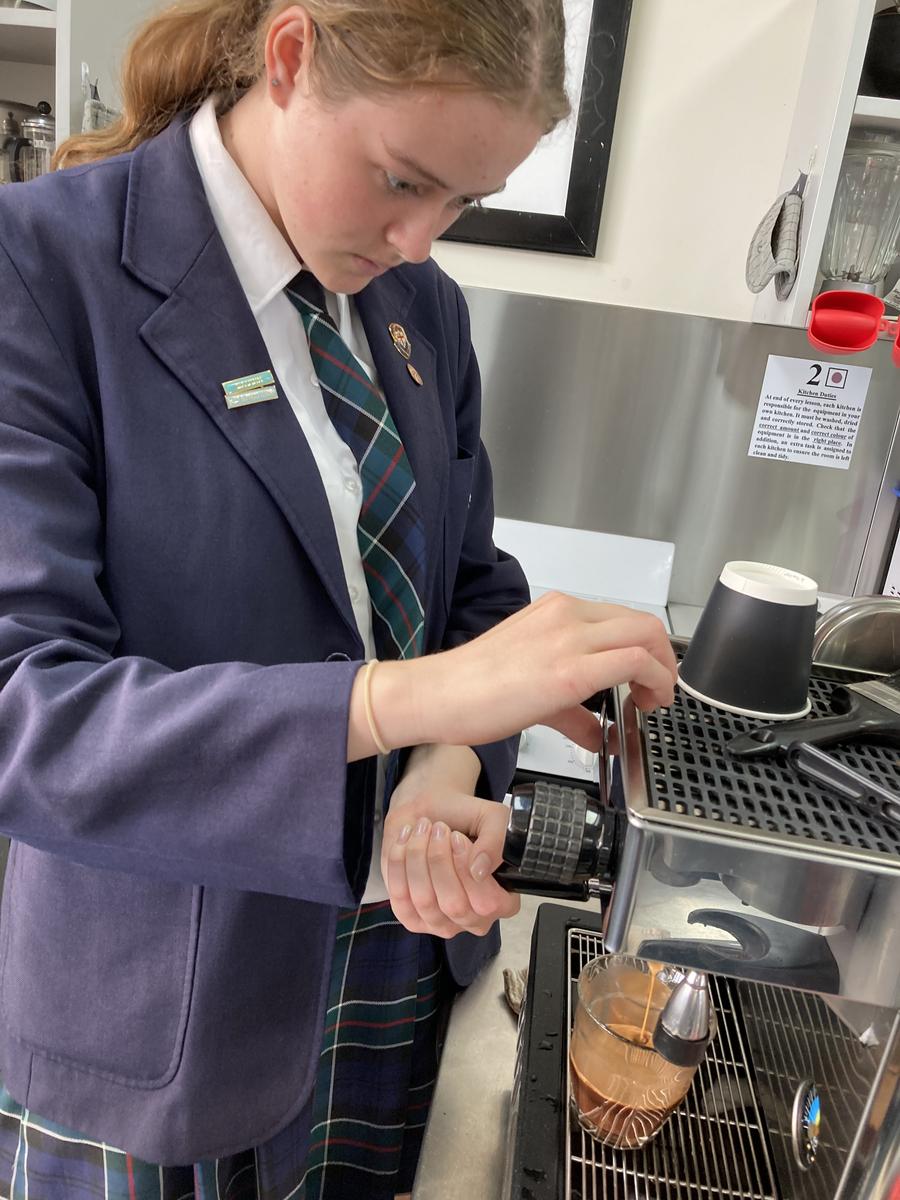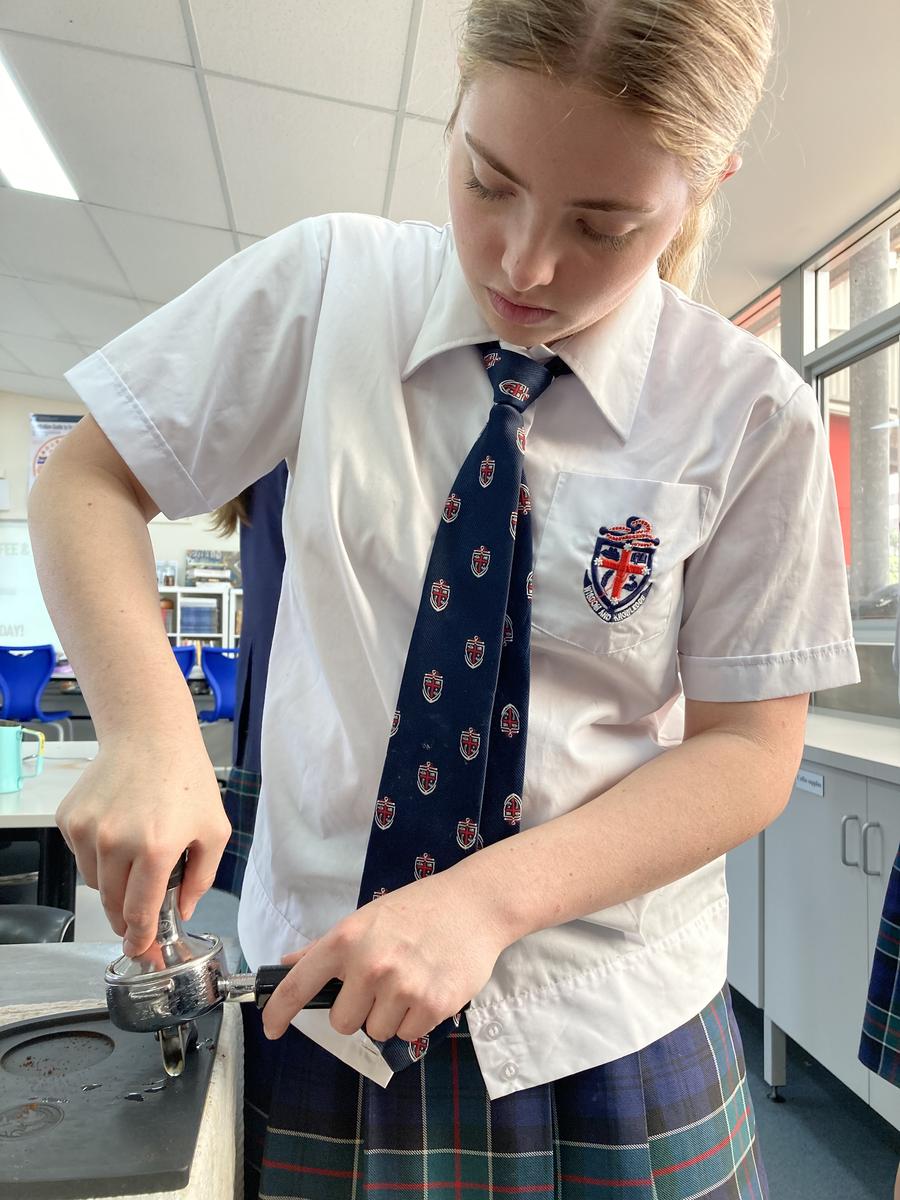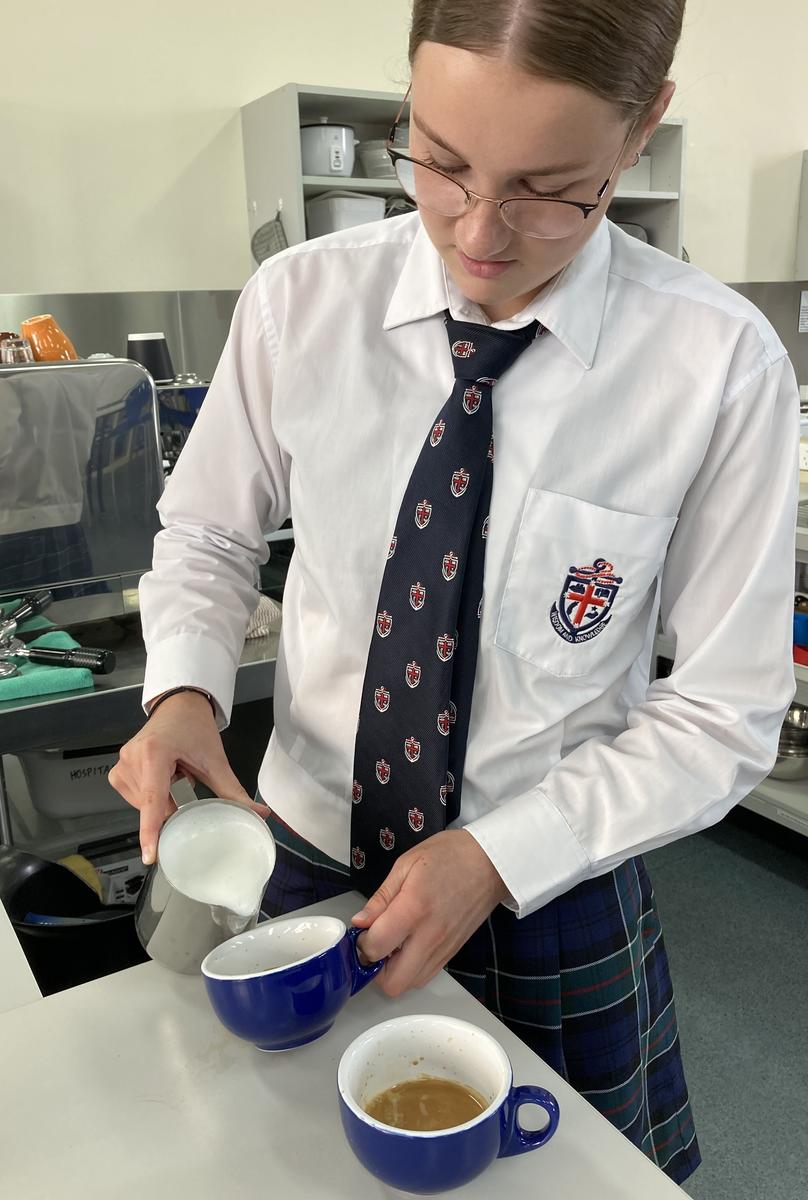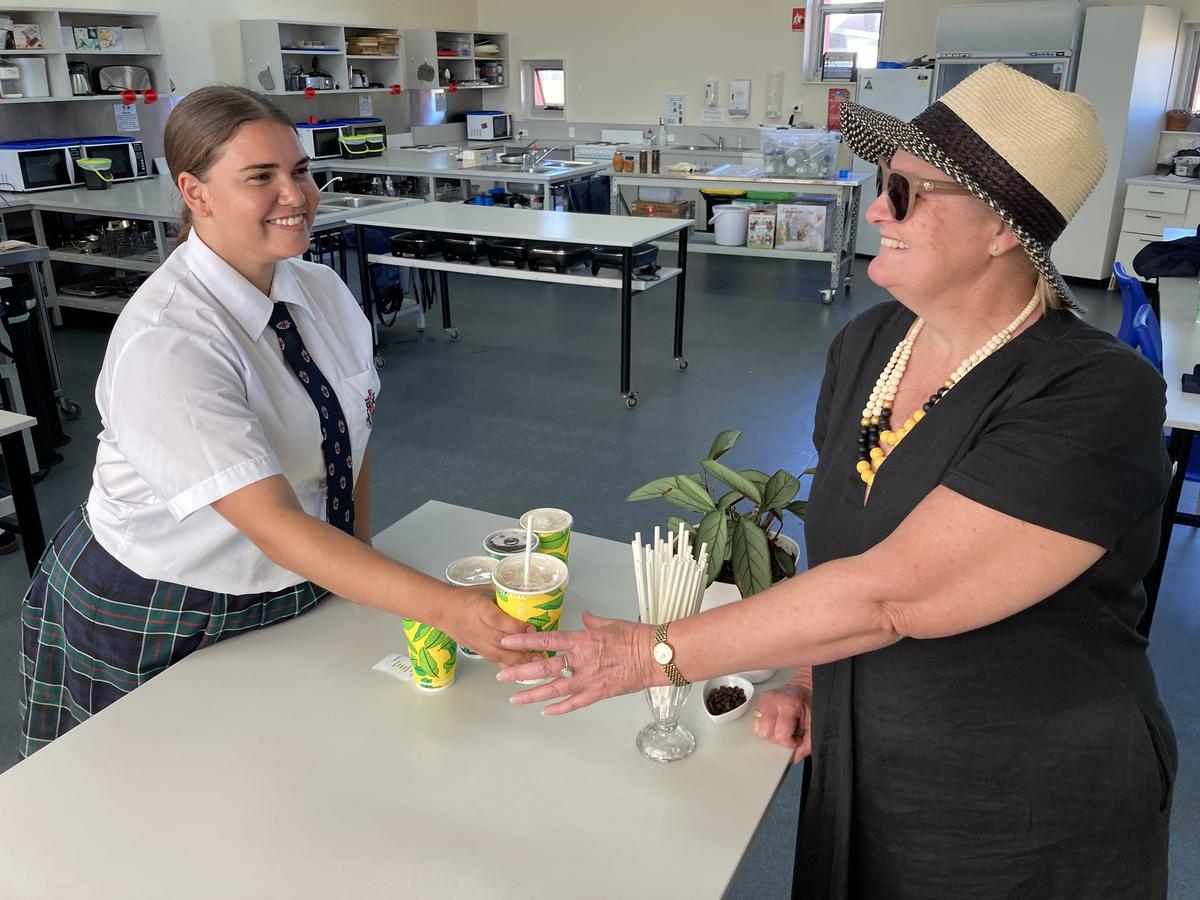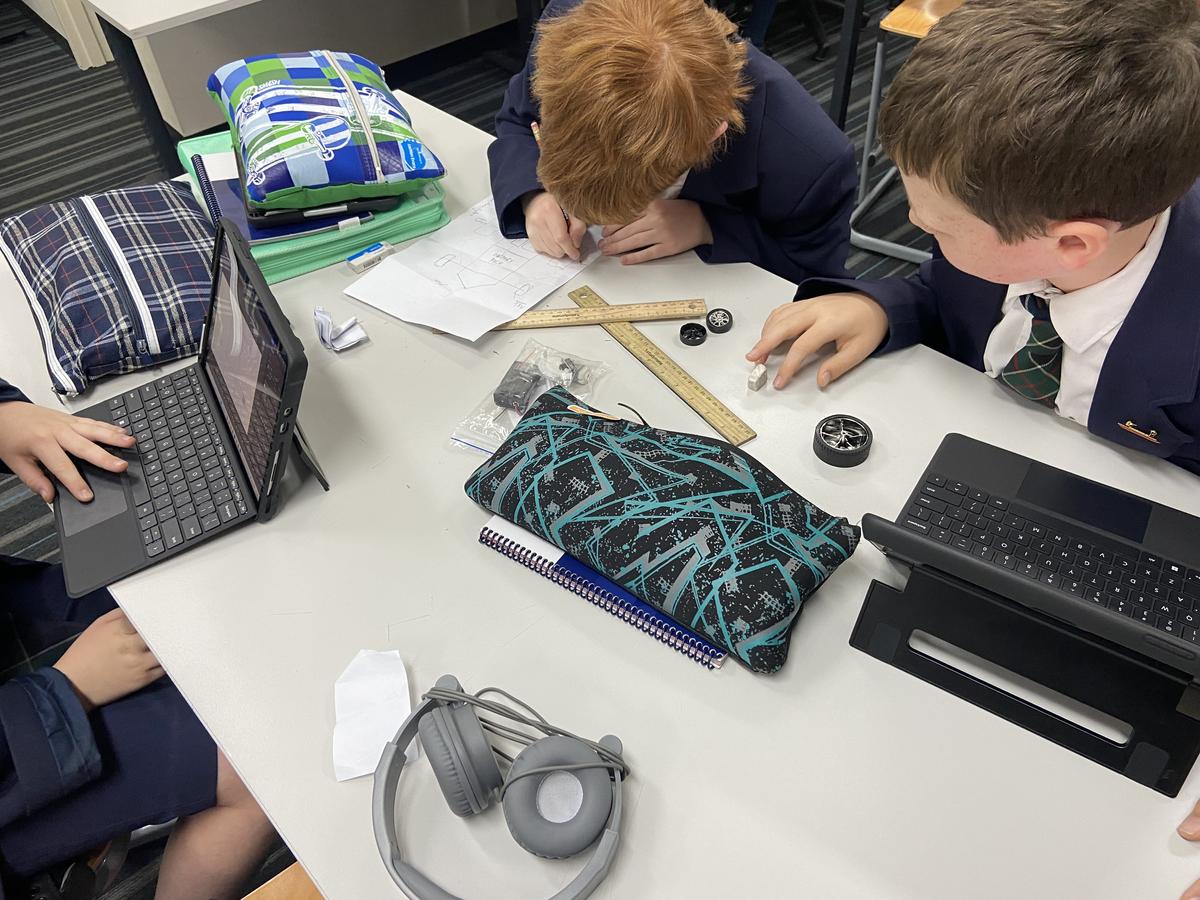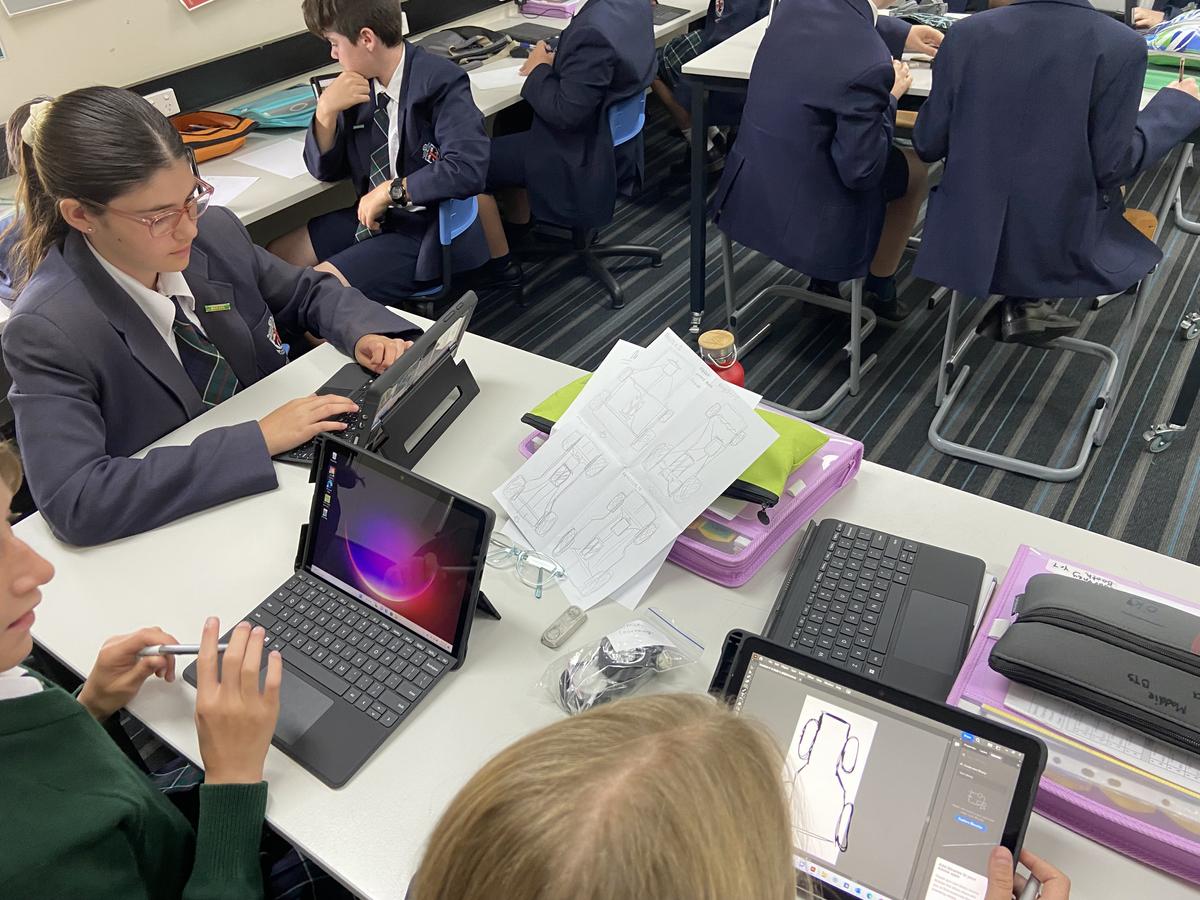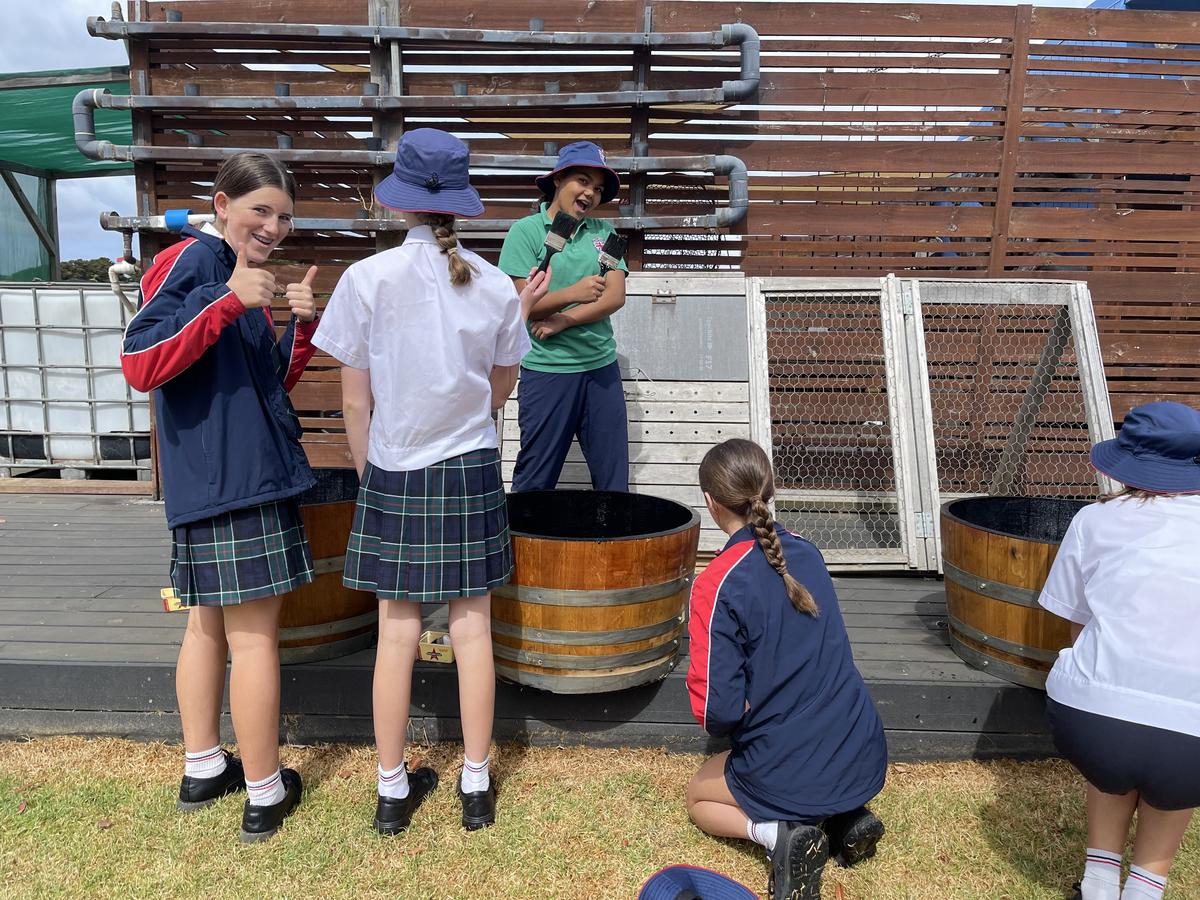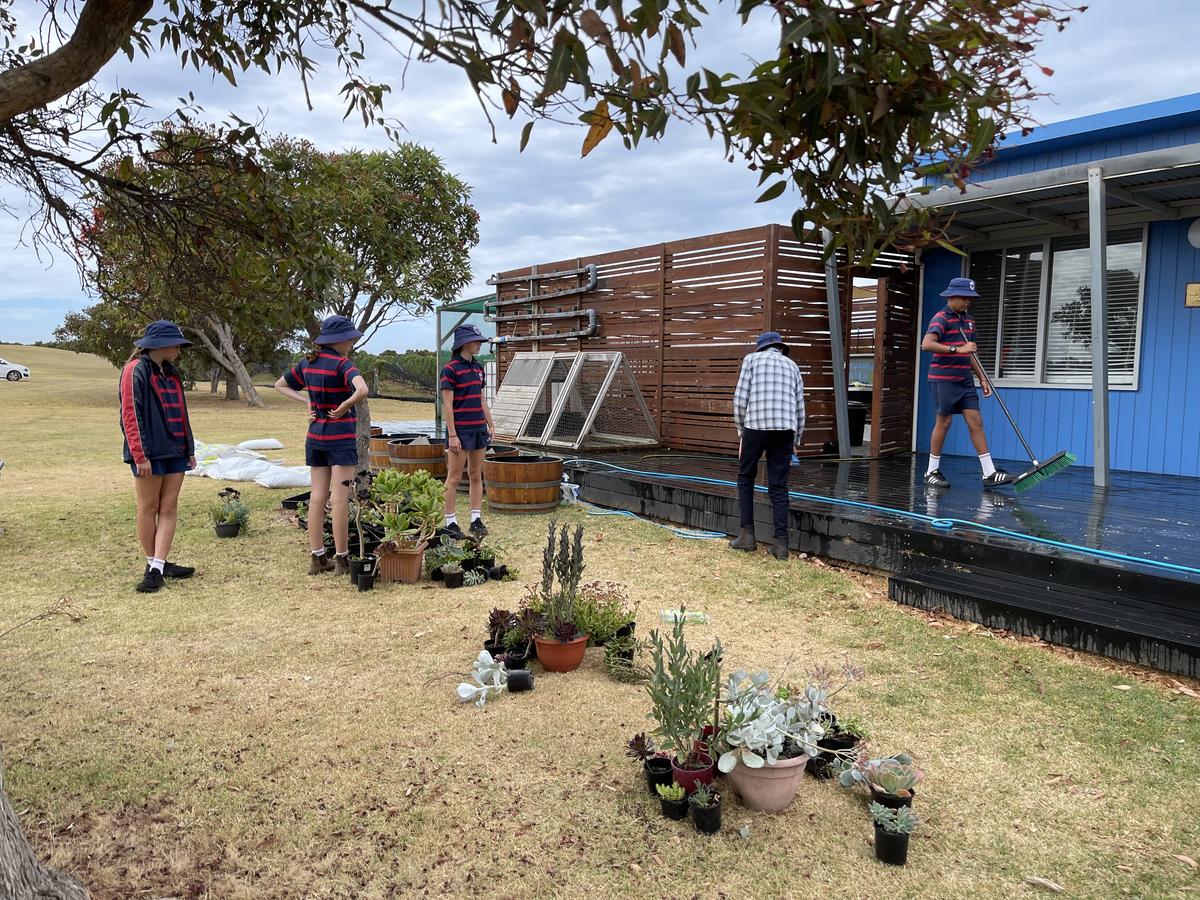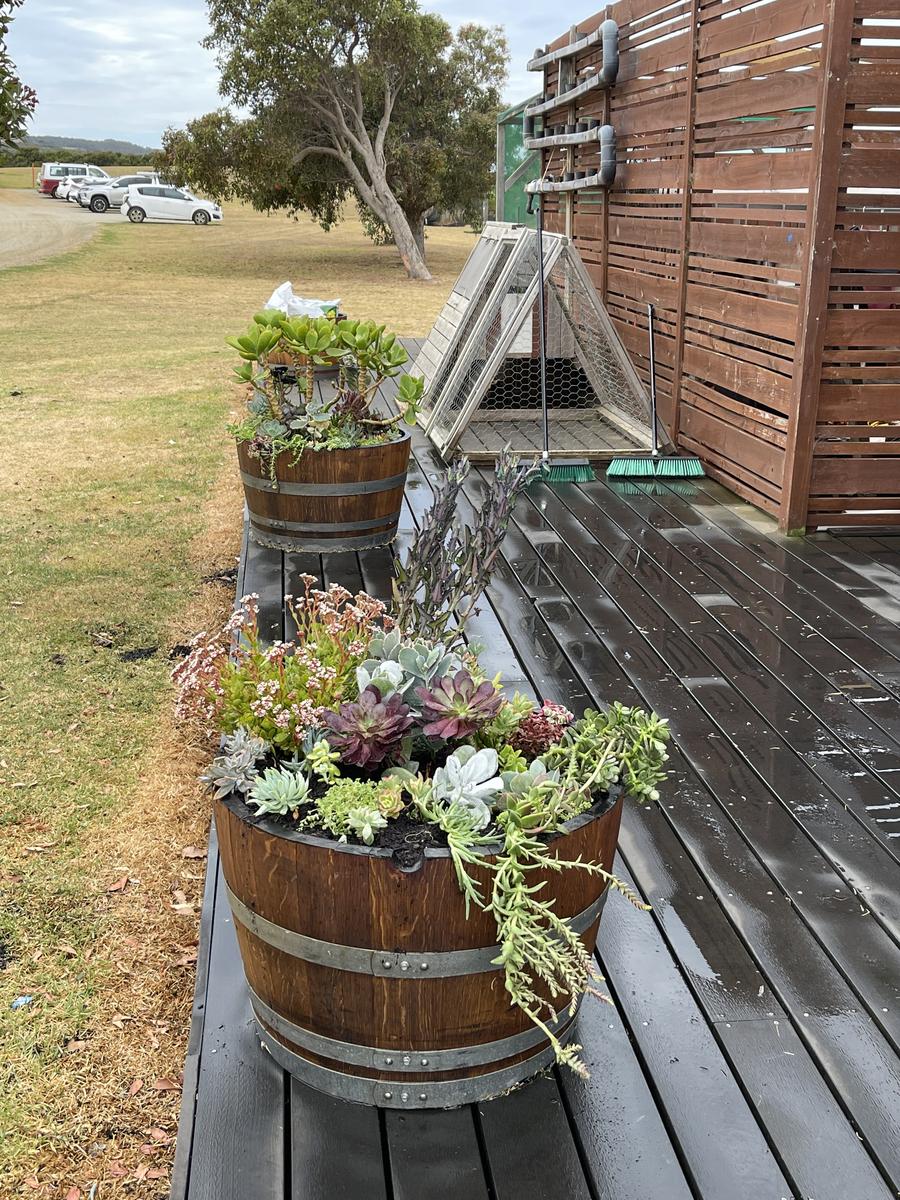Technologies News
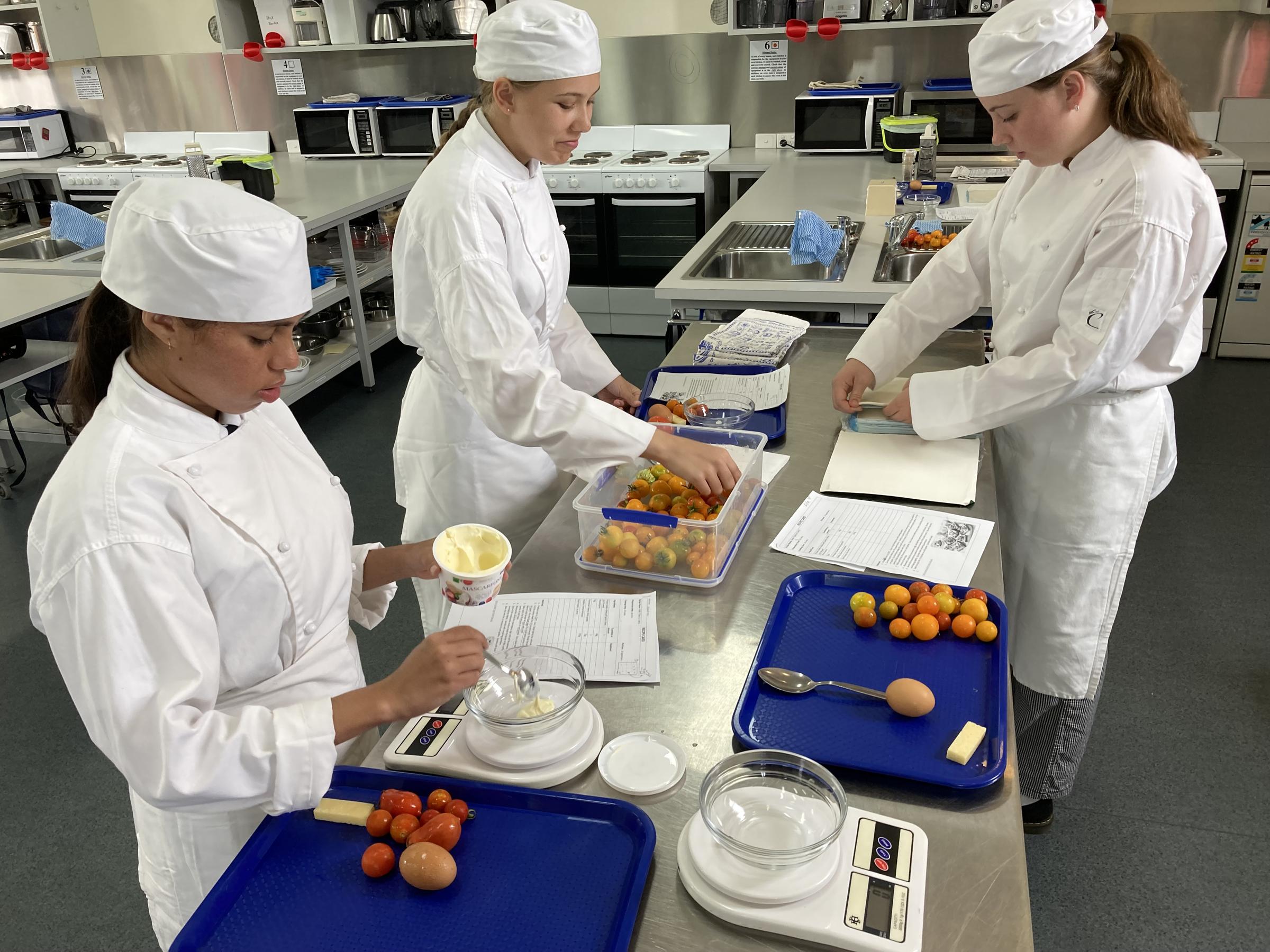
Designing for Innovation
Year Nine Designing for Innovation
The retro video arcade games were a period of rapid growth, technological development and cultural influence from the late 1970s to the early 1980s. This all began with the release of 'Space Invaders' in 1978.
Our group of Retro Warriors is well underway into their major project for the semester, by designing an arcade retro 80s game to be housed in a wooden arcade cabinet complete with a control panel using push buttons and a joystick. Using Microbit block editor and MakeCode Arcade game along with Raspberry Pi the project also involves creating a control panel.
Our teams are using a Design Thinking approach where each group needs to collaborate, share ideas, and problem-solve as a small group to see success. In class we have been unpacking this design thinking by developing each team with skills in icebreakers and team-building activities. This has evolved into developing a game through creative story boards and building a game based around a character. Each team comprises a researcher, designer and creator.
Mr Ashley Keatch | Teacher
Digi Tech
Year Seven Digital Technologies
Well done to all Year Seven students who have worked hard to prepare for their first assessment in Digital Technologies. It has been great to see increasing levels of engagement across all three classes, as we have explored our foundation knowledge in digital networks.
We began by looking at the Sydney rail network and made links about how an intricate system of stops, lines, changeovers and distances can impact a journey. We then transferred these learnings to digital networks, compared and contrasted, to find that they share many similarities. LANs, WANs, routers, switches, hubs, ethernet, fibre, NBN, 5G and satellites were all explored, and we unpacked what makes a great network in the home.
If you haven't already, ask your child to analyse your home or business network, and be enlightened when they explain if you are getting good value for money.
Mr Kyal Rose | Teacher
Hospitality
Electives
Year Seven
Students learnt the importance of preheating the oven to ensure even baking that gives better taste and texture when producing muffins. They identified a range of fruit, healthy wholemeal flour, and healthy oils as suitable ingredients to use when preparing muffins as a quick and easy snack. Macaroni cheese was produced for a sensory analysis evaluation. The students used descriptive words to explain the appearance, aroma, texture, and taste of their recipe.
Year Eight
The Australian Guide to Healthy Living outlines the five food groups. The class learnt about the serves required for adolescents to consume daily from the grains, dairy, and protein groups. To reinforce this, students selected a rainbow of coloured vegetables and a protein food to add to fried rice. This was accompanied by prawn crackers, fried in hot oil, to garnish the meal. Homemade yogurt used in a lemon yogurt cake showcased how to include a dairy product in a discretionary food item, and to use seasonal citrus.
Year Nine
After the success of the Devonshire Tea, our delightful Year Nine students returned from camp eager to start cooking again. Using staple ingredients found in most home pantries, fridges, and freezers (and passata made from the abundance of tomatoes from our school Market Garden) the students completed a recipe map to develop a quick and easy pizza snack. Each pizza was deliciously unique, including ingredients representing all sections of the Australian Guide to Healthy Living. Over the coming weeks, the class will discover how yeast performs in pizza dough and design, then produce and evaluate, their own healthy pizza.
Year Ten
Native Australian spices, herbs, and fruits are becoming increasingly popular in today’s culinary world. The students explored a range of these flavours, combining their favourite with a pantry item to produce, present, and photograph rustic damper. Another trend is food sustainability, so students are preparing a range of seasonal produce (most from our school Market Garden) into pickles, chutneys, and relishes for use later in the semester. Most recently they produced caramelised onions, mango chutney, and giardiniera (to which they added a homemade pickling spice mix). This week the students are dehydrating strawberries, and making a tasty strawberry sauce, using locally produced seasonal fruit.
Certificate II Hospitality
Year Eleven
Our Year Eleven students are working towards achieving competency for their Participate in safe work practices unit. They are pleased to be working in the kitchen learning a range of production methods to prepare and present appetisers. Recently the students used a medley of fresh, colourful tomatoes from our Market Garden to make some tomato tartlets suitable to serve as hors d'oeuvres. The mini marinated chicken skewers served in a shot glass loaded with a tasty Asian dipping sauce, highlighted the labour and ingredient costs involved in this recipe.
Year Twelve
Congratulations to our Year Twelve students who all achieved 100% for their Show social and cultural sensitivity unit. The recent warm Albany weather was perfect for the production and service of a range of iced milk drinks made to order for staff. Staff have also been supporting the class by providing orders for espresso coffees to be delivered to their offices and classrooms. This gives the students ongoing practice to produce espresso coffee, hot chocolates, and chai lattes at industry standard within industry time frames. It has been lovely to receive positive feedback after only two weeks – well done to all!
Mrs Teresa McAllister | Head of Technologies & Hospitality teacher
STEAM
Year Eight
Riddles, puzzles, problems and cyphers. How much can this incredible group of Year Eights solve? We are well underway into our major project for the semester, completely driven by the interests of the class. Our Cryptography design thinking project has 'bent' our minds, as we unpack (in rather large detail) design thinking.
Design thinking is a way to solve problems that puts people first. It’s all about understanding what people need and coming up with creative ways to meet those needs. To do this, we start by defining the problem with a problem statement. This helps us focus on what’s really important. Then we use 'How Might We?' questions to explore different ideas and possibilities. It’s a powerful approach that can lead to some amazing solutions. Our end goal is to solve a problem using a digital or analogue cryptographic solution.
So far some ideas have been about digitally authenticating First Aid Responders in medical emergencies, new prototypes for fence designs in agribusiness and new currencies that are globally authenticated. We will keep you up to date with our iteration cycles.
Mr Kyal Rose | Teacher
STEM
Year Seven
We are now into our design thinking project. Each group has been learning that teamwork is essential to the success of a design thinking project and for us in STEM it’s based around our major project, the Dragster.
Teams have been collaborating, sharing ideas, and problem-solving in small groups. It has been a very adaptive and dynamic learning space as the teams learn skills around identifying a problem, then creating a design brief that supports them in developing a solution to their problem/needs. We began by looking at inputs processes and outputs with Microbits by designing a message for Valentine's Day.
We are now looking at designing a platform to house all the parts required for the Dragster. This involves using Adobe Illustrator to design and our Trotec Laser machine to cut out the designs using a CAD/CAM process. Each team comprises a researcher, designer and creator.
Mr Ashley Keatch | Teacher
Sustainable Production
Year Seven
The Baudin Year Sevens have been working on an investigation to determine the viability of different types of seeds. They planned and set up their investigation last week only to have some hungry rabbits come along and eat some of their seeds. So, like real scientists it’s back to the drawing board to redesign their methods to make sure the rabbits don’t interfere with their experiments. Students are continuing to swap kitchen scraps for fresh tomatoes, zucchini and cucumber with Hospitality which they find very satisfying.
Year Eight
The Year Eights have chosen projects to work on this semester and have begun to research and implement these. They have oiled and planted up four repurposed wine barrels with a range of beautiful succulents that will be our stock plants for learning the skills of propagation. Chilli seeds, perennials and native plants have been sourced for other groups’ projects. A mobile chicken pen that will allow the chickens to be on the vegetable garden soil is ready to go. The chickens will be part of a rotation in the garden, their job will be to cycle nutrients through the system. They will turn the soil, eat weeds and other pests, and provide valuable fertiliser. Hopefully, we will get an egg or two to share with Hospitality.
Ms Diane Thomas | Sustainable Production Teacher

